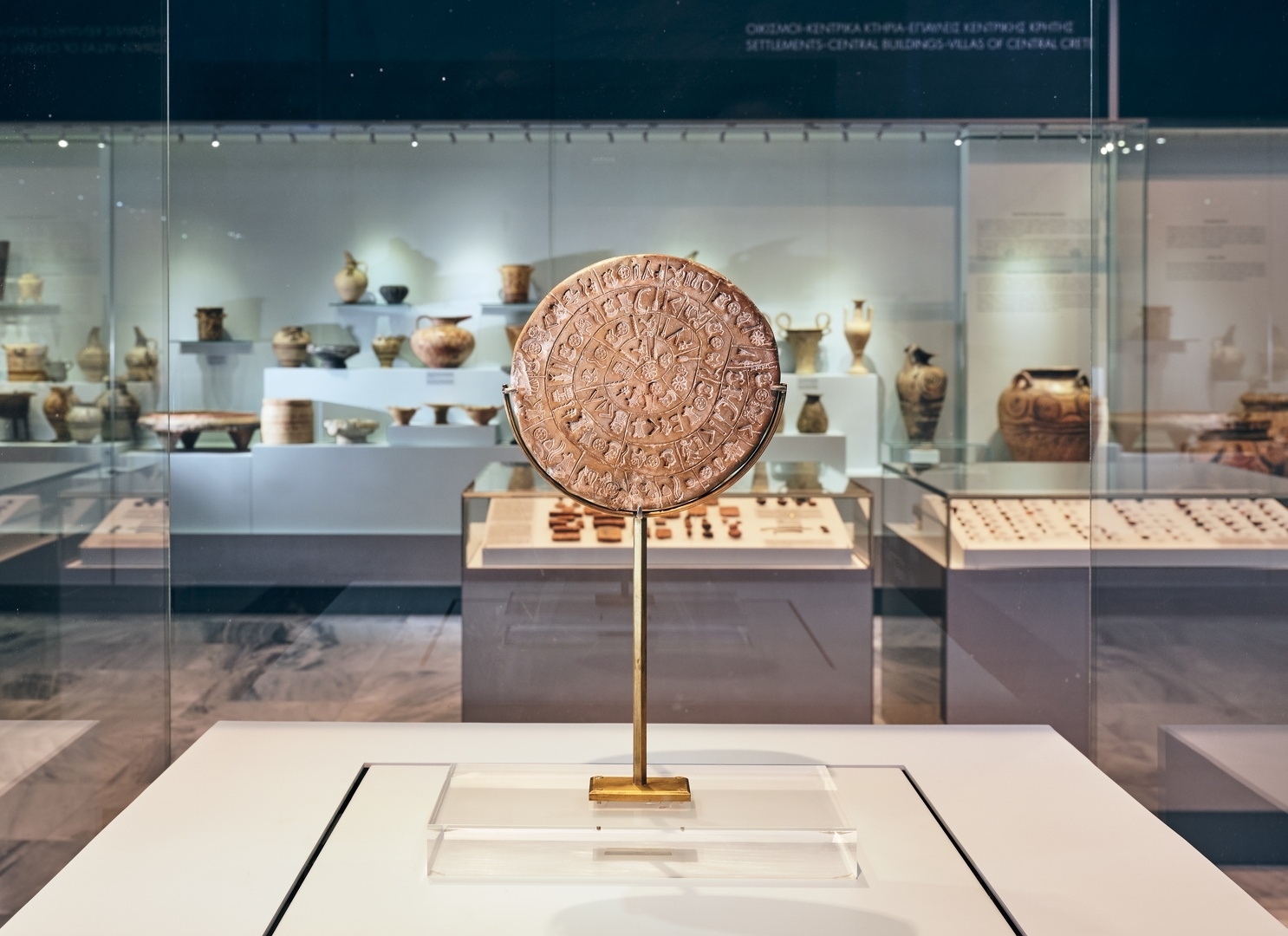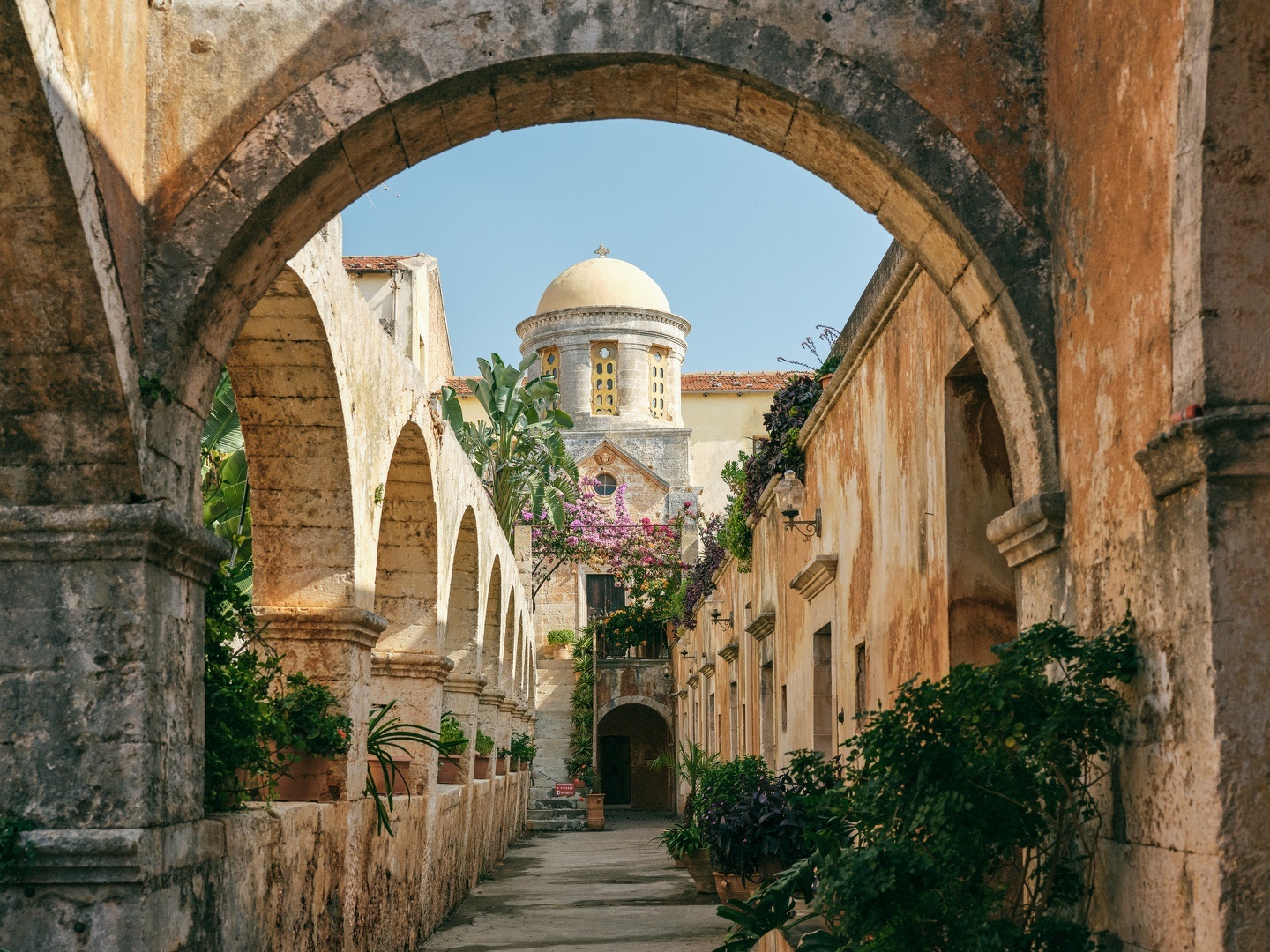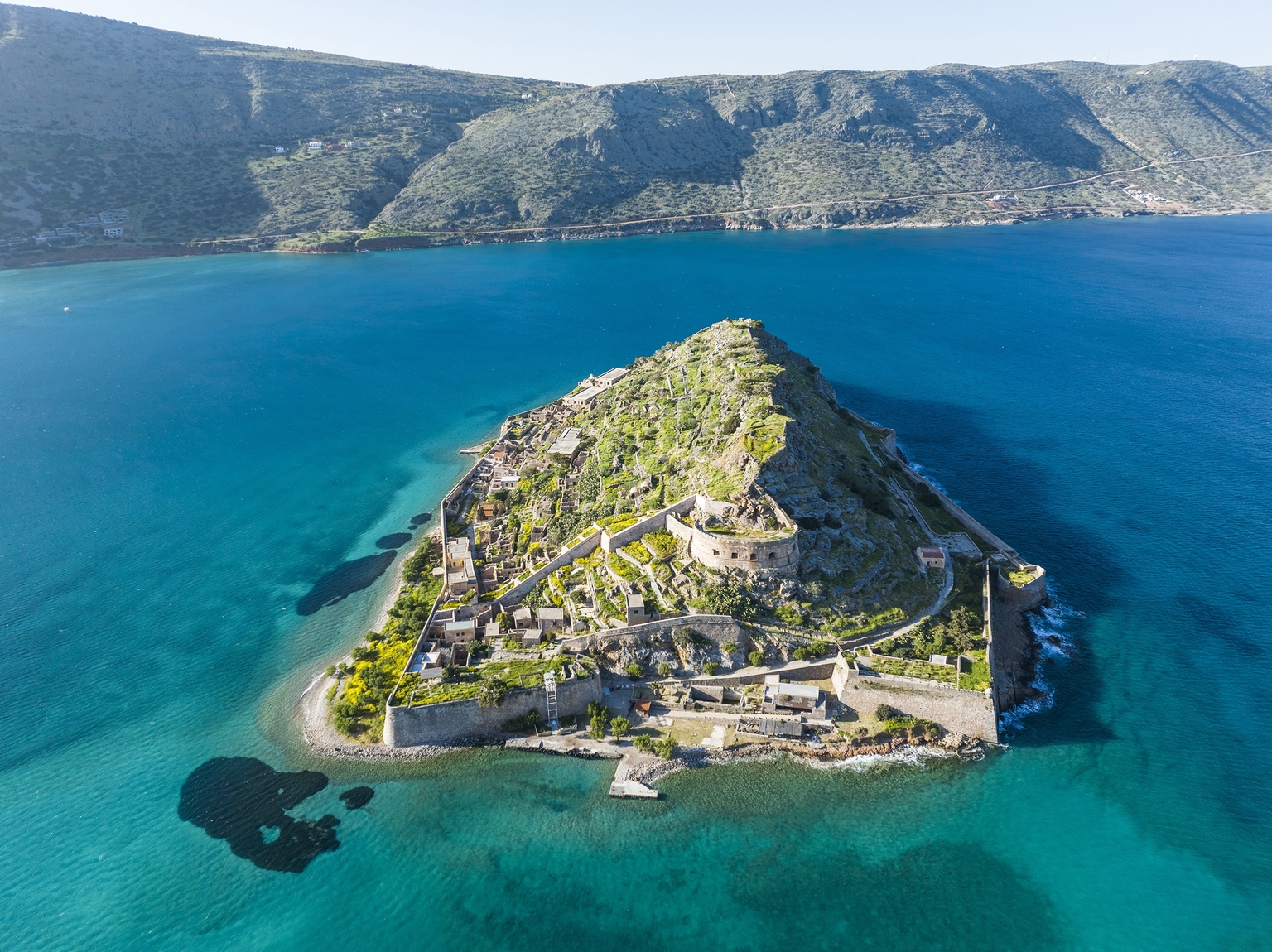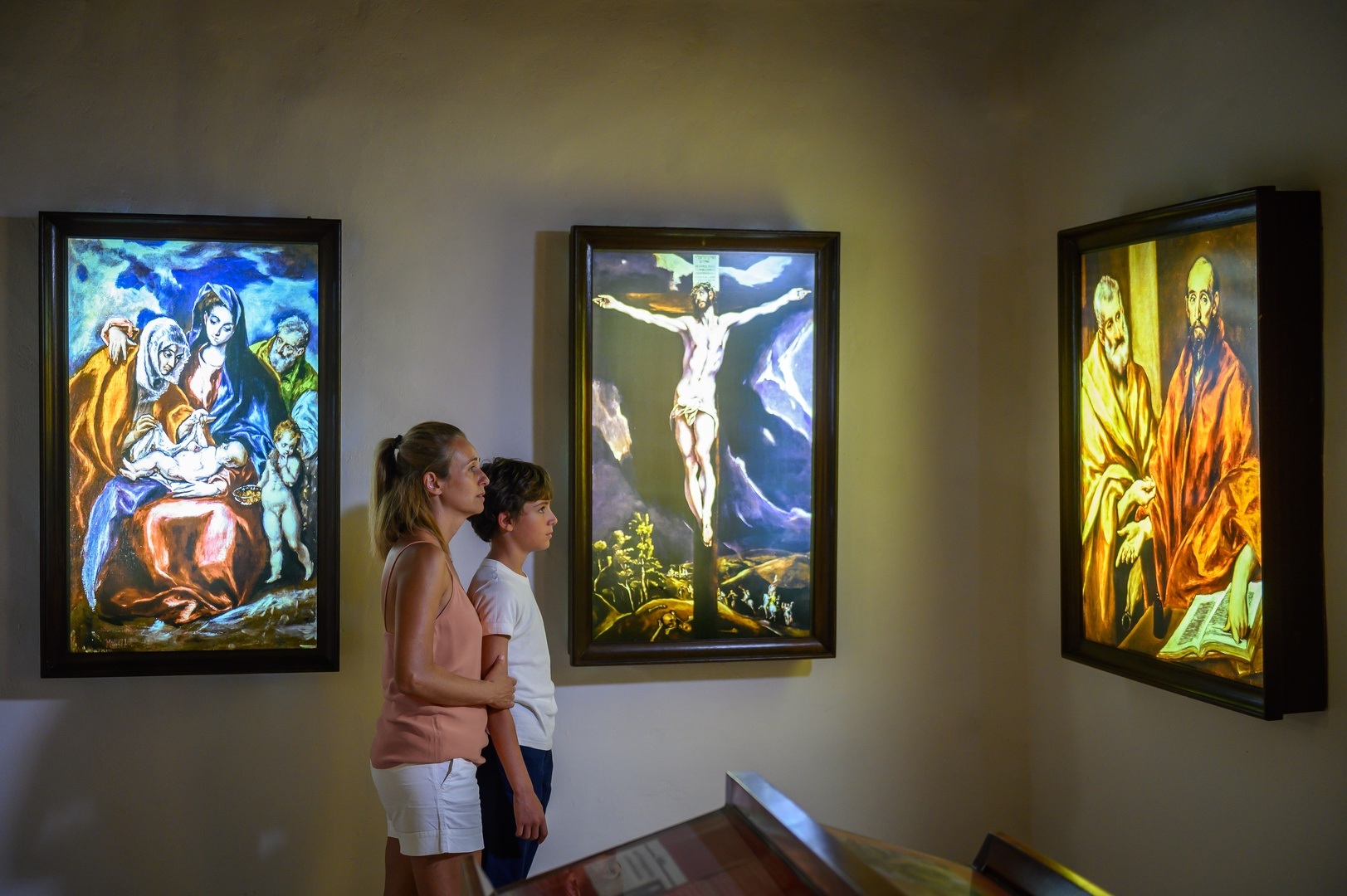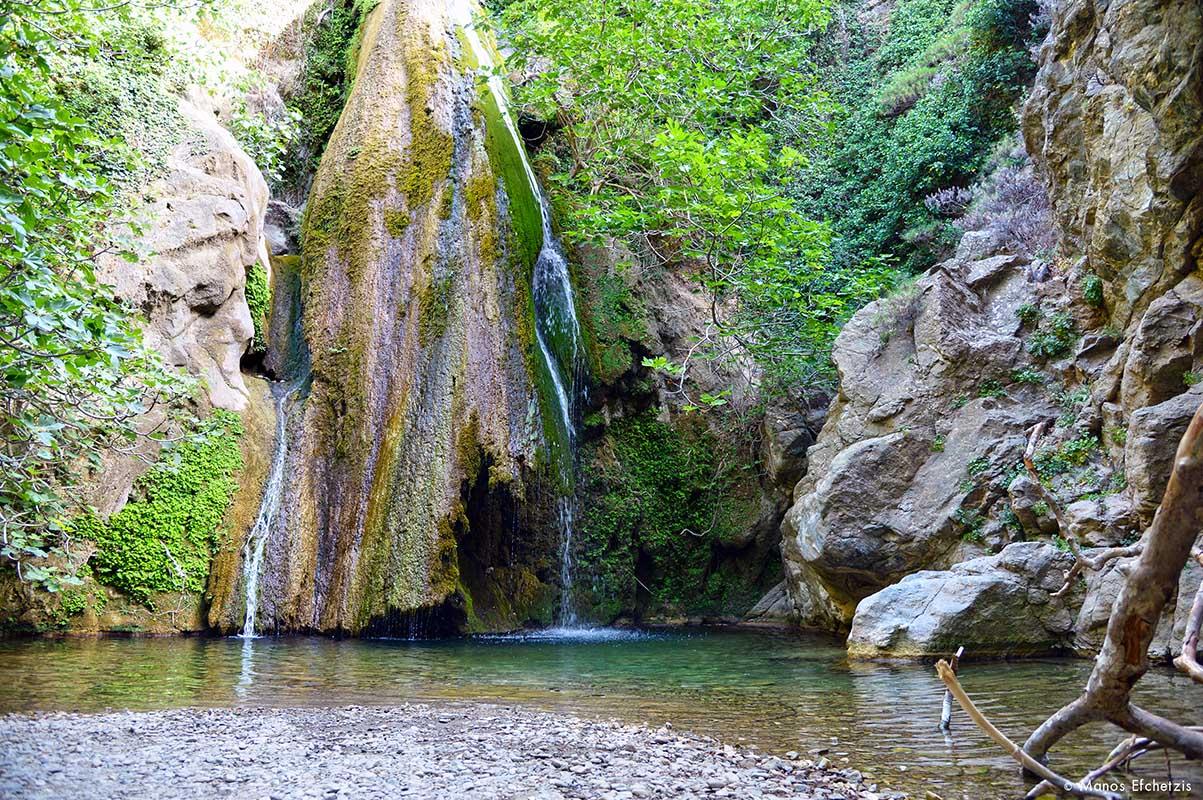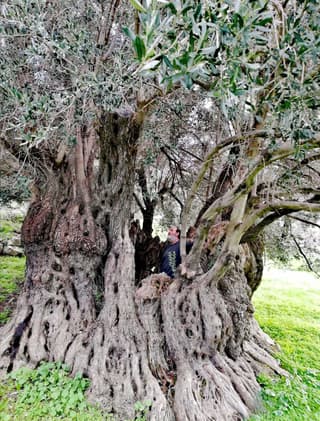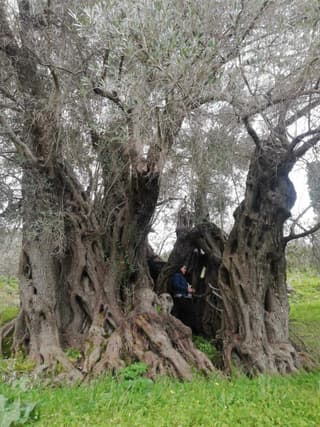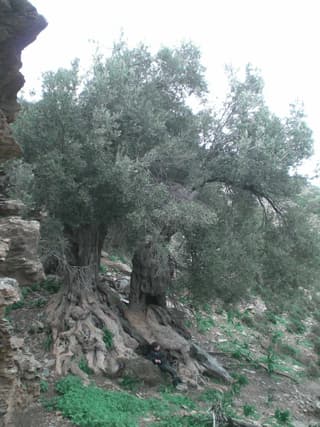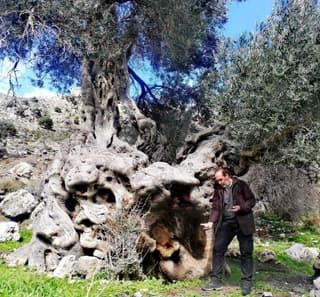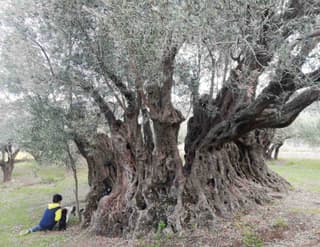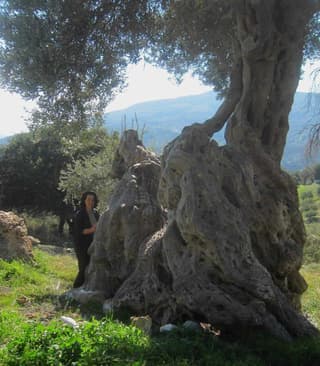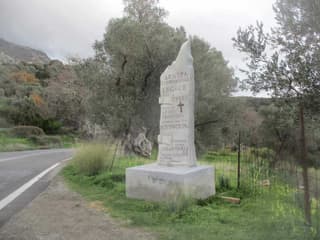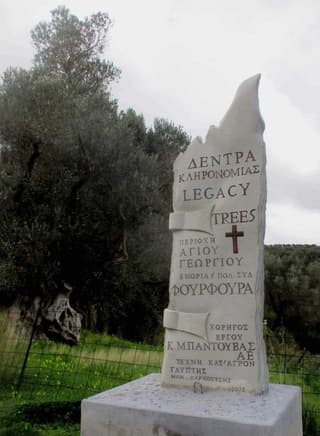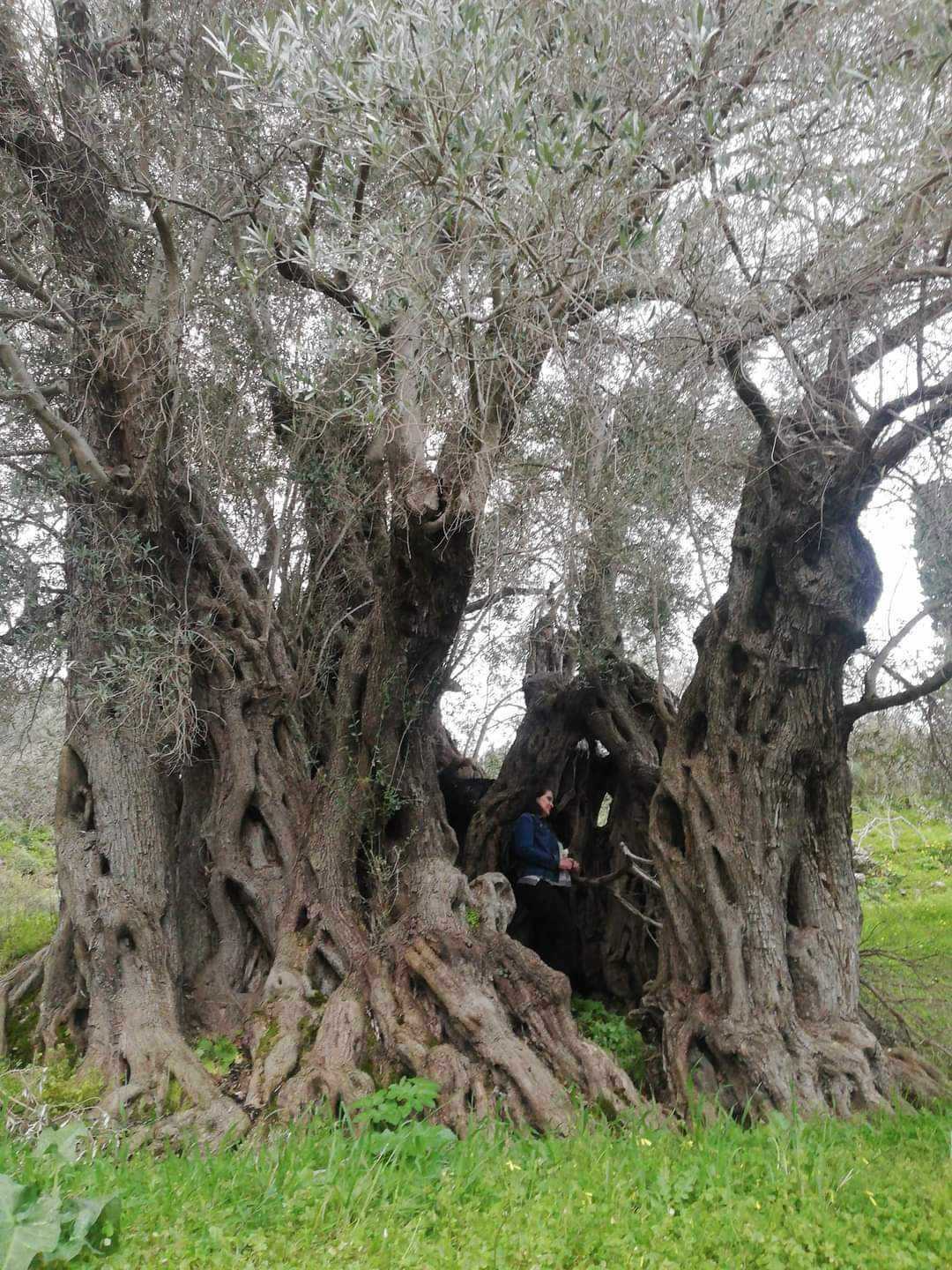
These are living natural monuments that yield their fruits to humanity.
What poses a threat to them, and what measures can be taken to safeguard and protect them?
Crete is host to a multitude of ancient olive trees, some hundreds and even thousands of years old, as confirmed by specialist scientists. These venerable trees constitute living natural monuments, offering their fruits to humanity.
In the past, there were significantly more ancient olive trees, but human activities led to the destruction of many. During the 1990s, the European programme for replacing the old type of olive tree with a new one was implemented, providing subsidies for the uprooting of old olive trees. Consequently, numerous ancient olive trees, with a history spanning thousands of years, were uprooted and repurposed as firewood for fireplaces and stoves. They were replaced by more commercially lucrative olive varieties. Many olive groves were established, and the owners were often unaware of the value of these ancient trees, leading to their neglect and lack of preservation. Additionally, significant damage was inflicted by the opening and widening of roads.
In 2009, following the suggestion of Manolis Charkoutsis, the cultural association of Venerato took the initiative to preserve the ancient olive trees of Crete. Charkoutsis proposed collaboration with other cultural associations for this purpose. Numerous cultural associations responded, starting with those in the Amari area of Rethymno, known for its abundance of remarkable ancient olive trees. Kostas Savvakis, the representative of the cultural association of Patsos in this specific region, played a significant role in promoting the cause of ancient olive trees. Associations from Kandanos in Chania, where particularly tall ancient olive trees thrive, along with associations from Viannos and various villages in the prefecture of Heraklion, Ierapetra, and Sitia also joined the effort.
The Hellenic Mediterranean University (formerly Technological Educational Institute or TEI of Crete) actively participated in the initiative on a voluntary basis, led by Vangelis Kapetanakis. A team of scientists from the university included Dimitris Lydakis, who was the president of the School of Agriculture at that time, the currently emeritus professor of Arboriculture, Spyros Lionakis, and the researcher Yiota Psirofonia.
Representatives of cultural associations and scientists from the Hellenic Mediterranean University visited areas in Crete with ancient olive trees, conducting briefings. The initiative, carried out voluntarily by the then TEI of Crete, involved recording olive trees that were hundreds and even thousands of years old. Each cultural association documented the ancient olive trees in its respective area, filling out a special form provided by the university. Subsequently, scientists from the Technological Educational Institute, led by researcher Psirofonia, conducted examinations, measured the perimeter of the tree trunks and their crowns, captured photographs, and proceeded with electronic recording.
The Technological Educational Institute of Crete had established an electronic database for this purpose, although it was never utilised by the state, the region of Crete, or the municipalities. Notably, the Region of Crete had approved funding of 10,000 euros plus VAT for the comprehensive counting of ancient olive trees across the entire island and the completion of the database by the then TEI of Crete. However, this funding was never disbursed.
This network of cultural associations in Crete, operating in the form of a movement without a formal board of directors or official representation, did not seek funding from EU or national resources for its activities. However, the network received support from the renowned music composer Mikis Theodorakis. Upon learning about the initiative to preserve the ancient olive trees of Crete, Theodorakis issued a written statement in endorsement of the cause.
The cultural associations sought the support of the Holy Archdiocese of Crete, as the Church manages properties that include ancient olive trees. His Eminence, the Archbishop of Crete, Mr Irineos, willingly offered his support during a meeting.
The network of Cultural Associations of Crete produced a video directed by Manolis Tselentakis, which received extensive coverage from local media for an extended period.
A significant achievement for the network of cultural associations of Crete, operating with the scientific support of the then TEI of Crete on a purely voluntary basis, was the hosting of an international exhibition showcasing visual art forms such as painting, sculpture, engraving, and photography, all centred around ancient olive trees. This exhibition, made possible with the collaboration of Maria Marangou, the director of the Museum of Contemporary Art of Crete and then-president of the Association of Art Critics of Greece, took place at the International Exhibition Centre of Crete in August 2010. The event saw the participation of hundreds of artists from both Greece and abroad, showcasing their works.
The initiative led by cultural associations to preserve and promote ancient olive trees gained widespread recognition not only in Greece but also internationally, drawing significant and continuous interest from Greek and international media for many years. An illustrative example is the tribute produced in 2012 by the German television network ZDF in collaboration with a French channel, showcasing the ancient olive trees of Crete. This tribute was broadcasted for years throughout Europe, with its presentation in Greece handled by COSMOTE TV.
The network of numerous cultural associations in Crete made the following request:
- Ancient olive trees should be legally protected as living natural monuments. Currently, Greece lacks specific legislation on this matter, except for the area of Corfu.
- Provide a subsidy to the owners of ancient olive trees as an incentive for their preservation. Notably, numerous ancient trees have been uprooted by their owners and replaced with more profitable crops such as vineyards, greenhouses, etc.
- Offer cultivation advice and harvesting tips for ancient olive trees to enhance their efficiency for their owners.
- In cases of public works, such as road openings, ancient olive trees—assessed by specialist scientists—should be transplanted to other areas where they can continue to thrive.
- Allocate funding to the Mediterranean University (formerly TEI of Crete) for the completion and ongoing maintenance of the electronic database on ancient olive trees. This database aims to include these olive trees on electronic maps, facilitating easy access for students, travellers, hikers, and tourists.
- Launch an information campaign highlighting the value of ancient olive trees, encouraging their owners to care for them and discouraging uprooting, especially in cases of property development.
The requests of the Cultural Associations of Crete, persistently advocated from 2009 to 2013 during the initiative for the preservation of ancient olive trees, were unfortunately overlooked by the official state and the Region of Crete. Only a minimal number of ancient olive trees have been identified by the intermunicipal SEDIK, and metal signs were placed next to them through a community programme.
Meanwhile, Italy, Spain, and Lebanon have established a legal framework for the protection of their respective ancient olive trees, actively showcasing and promoting them on the international stage. Spain and Italy have gone a step further by providing subsidies to the owners of these trees.
It's noteworthy that some of the ancient olive trees, uprooted by their owners between 2009 and 2012 for various reasons, were successfully transplanted through the initiative of the Cultural Associations of Crete. The first transplantation, executed with great success by the then TEI of Crete, saved a tree from destruction and relocated it within the institution's premises, where it continues to thrive. Additionally, in 2010, the municipality of Heraklion accepted the transplantation of two ancient trees in the Venetian moat of Efodou Street, where they still flourish today.
The initiative of the Cultural Associations of Crete played a crucial role in raising awareness within the olive oil-producing community and the general public about the significance of living natural monuments. Many individuals, who had previously neglected these trees, started taking steps to care for them. As a result, photos of ancient olive trees have become increasingly prevalent on social media. Unfortunately, from 2013 until 2021, when the initiative of the associations faced setbacks, several trees were regrettably uprooted, including some that had been documented in the electronic database of the TEI of Crete.
In the last two years, the initiative for the preservation and promotion of ancient olive trees has been revitalised by the sculptor Manolis Charkoutsis. In this renewed effort, M Charkoutsis, having identified ancient olive trees, collaborates with local authorities, engages with tree owners, and, with the sponsorship of K Bantouvas SA, installs sculptures—monoliths resembling books. These monoliths bear the inscription ‘HERITAGE TREES’. Manolis Charkoutsis has incorporated this initiative into his broader project titled ‘ART IN RURAL AREAS’.
The photographs are sourced from the archives of Manolis Charkoutsis and Pella Lassithiotaki.
The flora of Crete
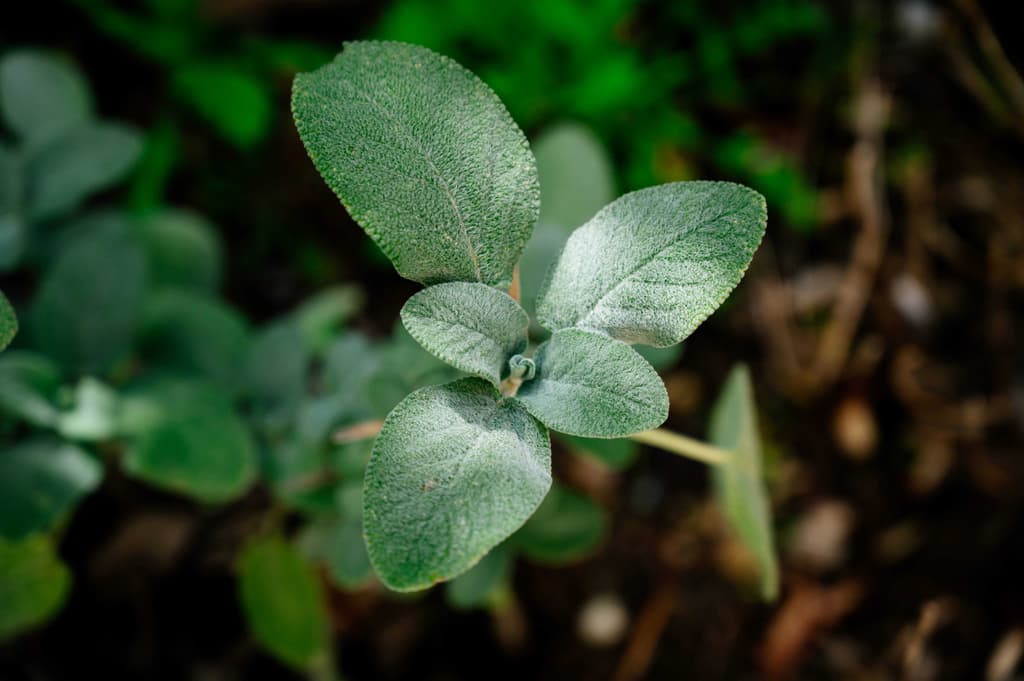
Greek Sage

Cretan Oregano or Cretan Marjoram
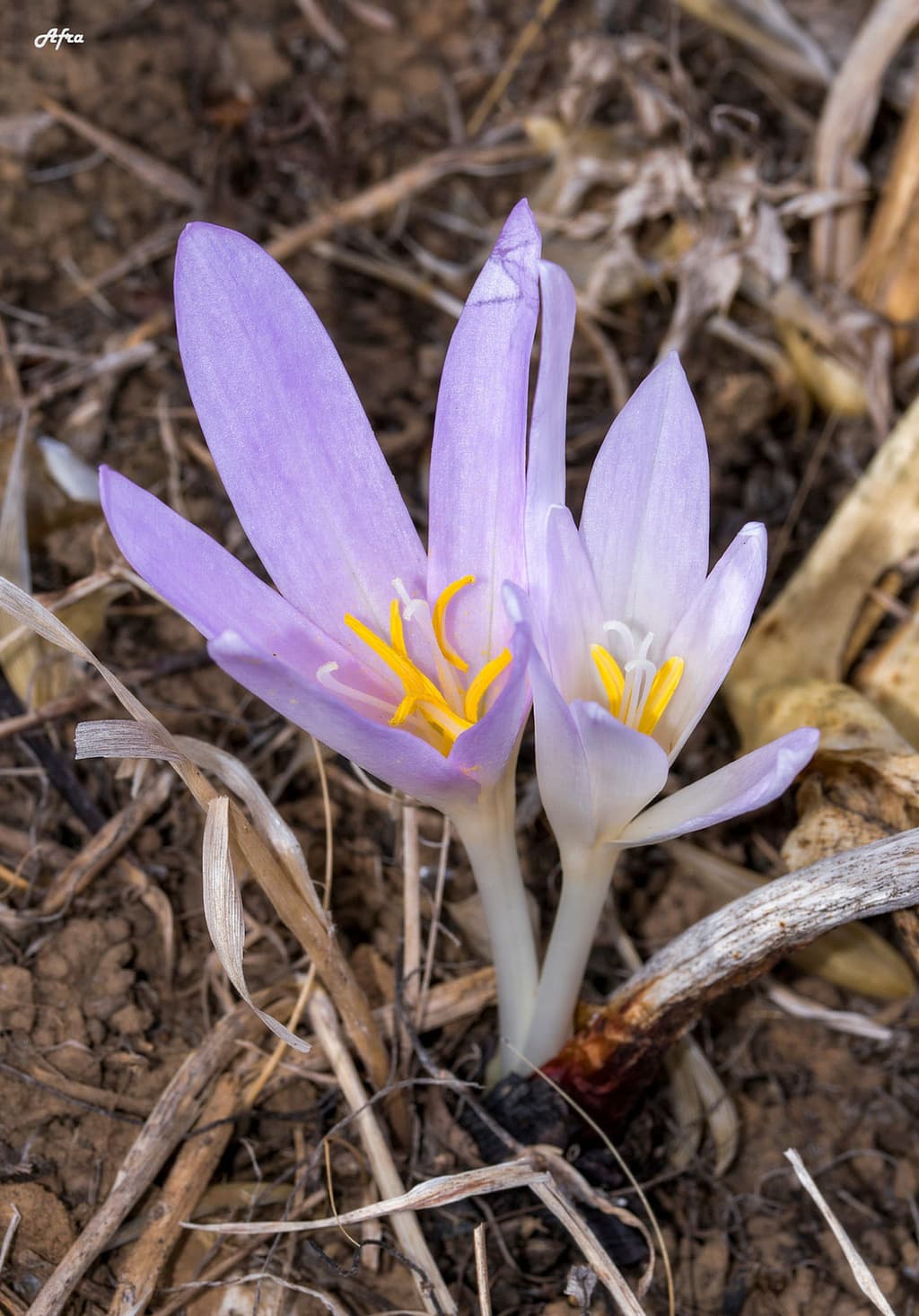
Colchicum Balansae - Balansa Colchico
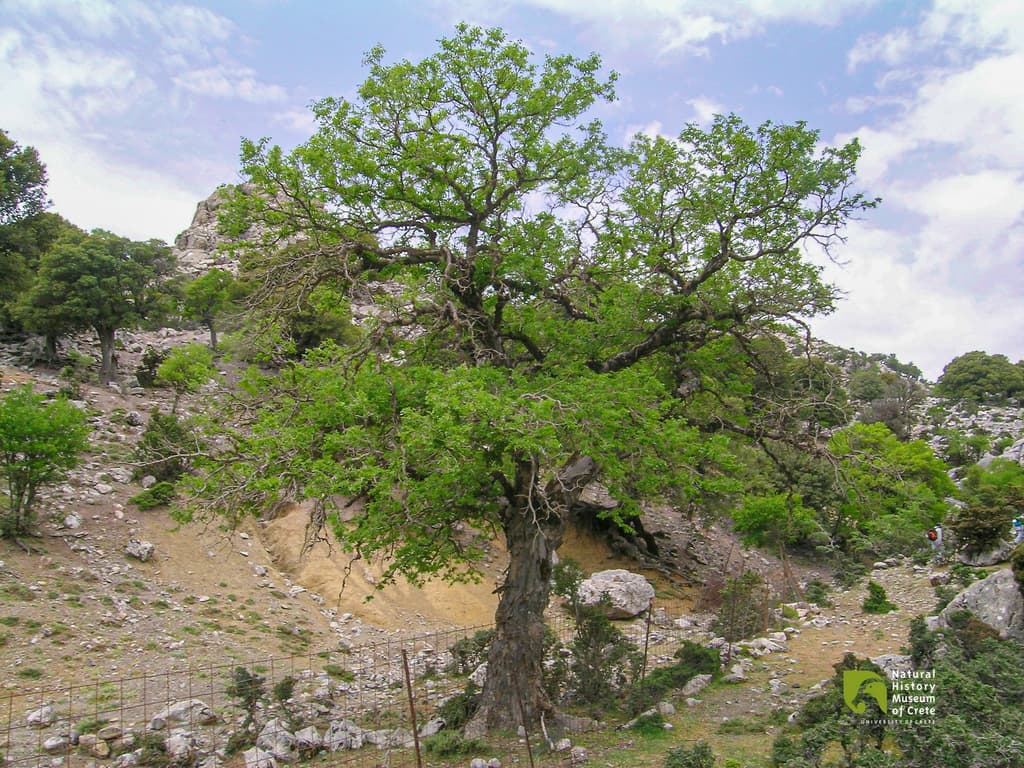
Cretan Zelkova
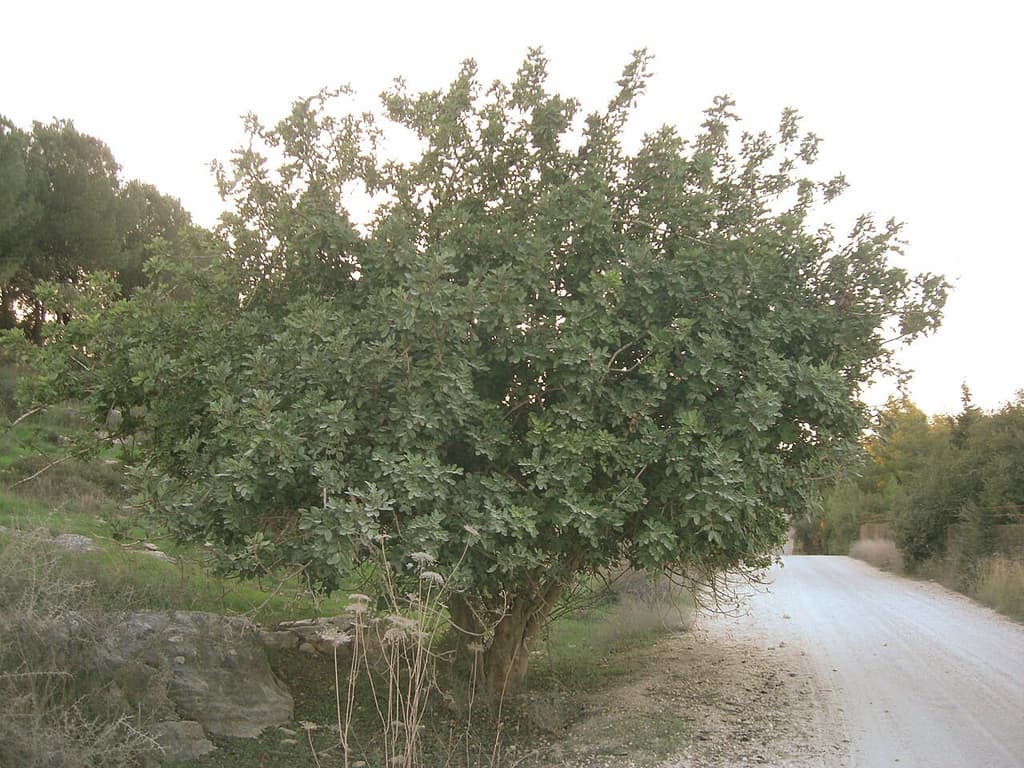
Carob Tree (Ceratonia Siliqua)
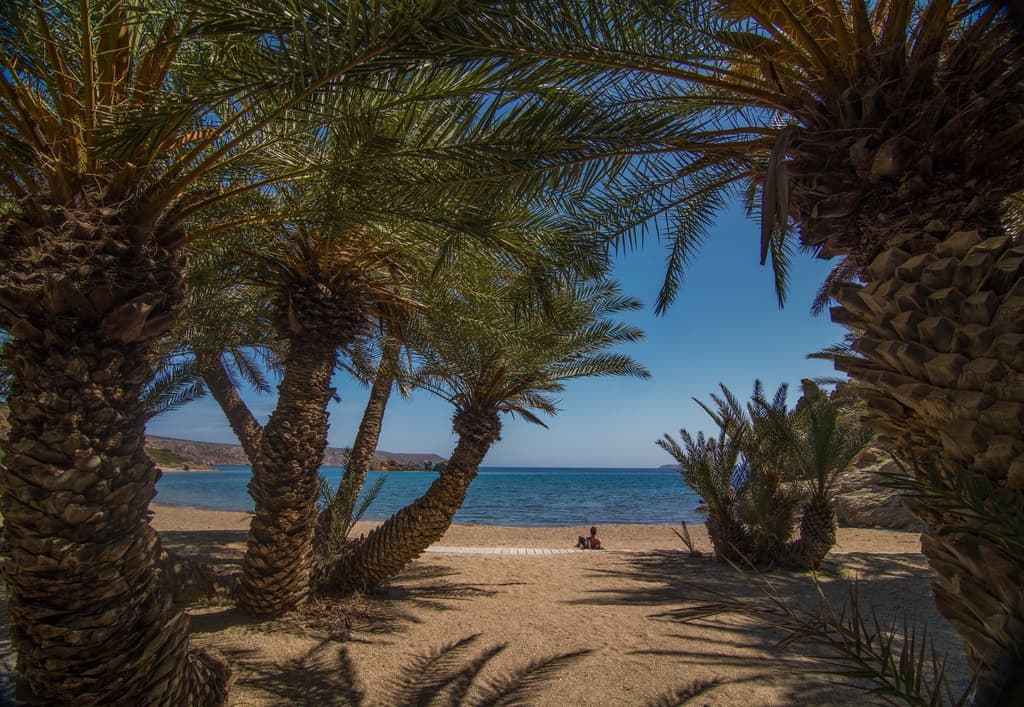
The Cretan Date Palm
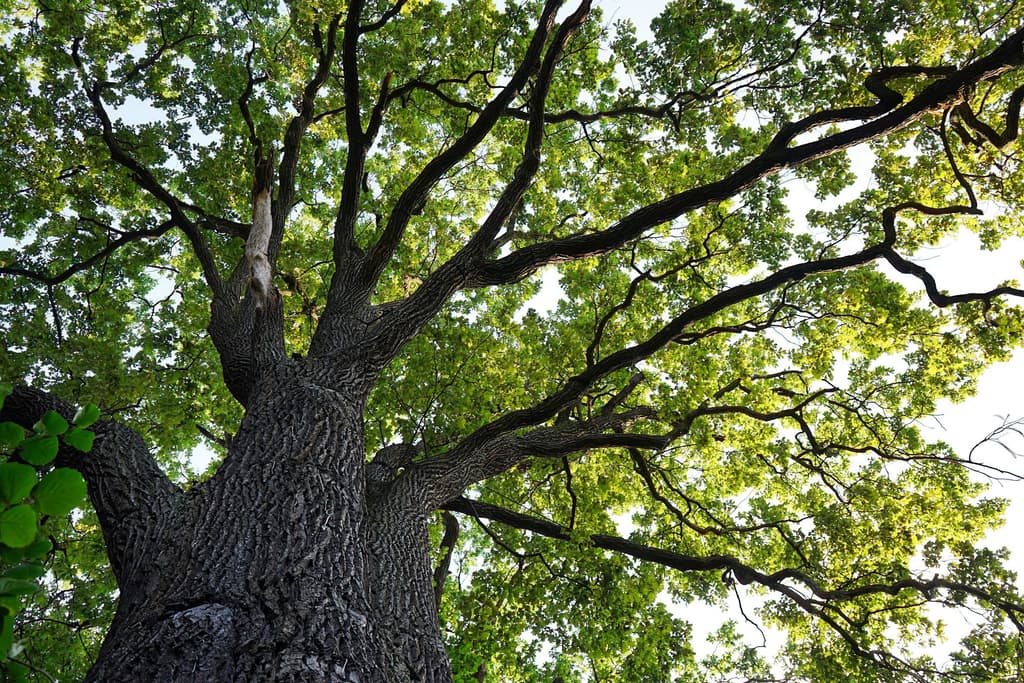
Kermes Oak (Quercus Coccifera)
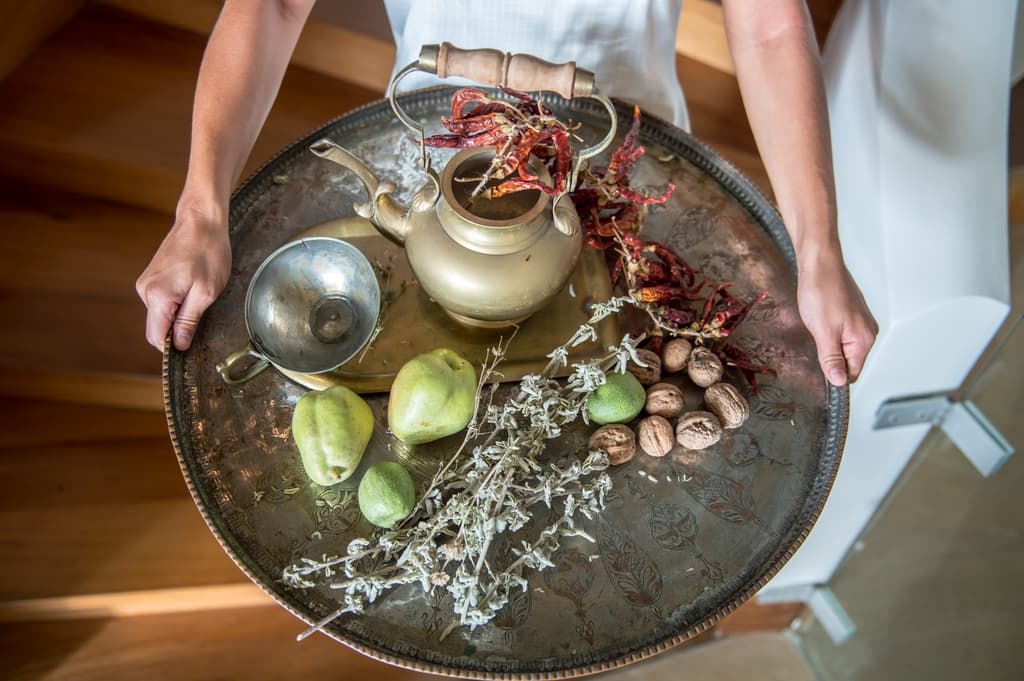
Ironwort
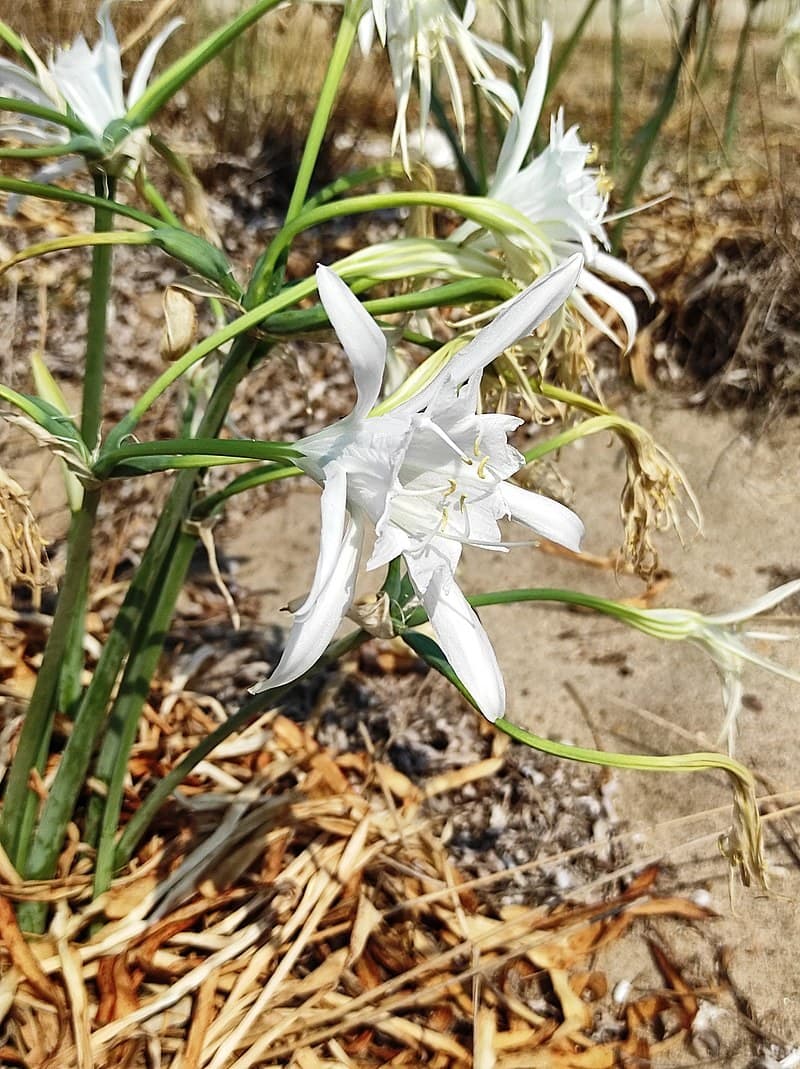
Sand Lily, Sea Lily (Pancratium Maritimum)
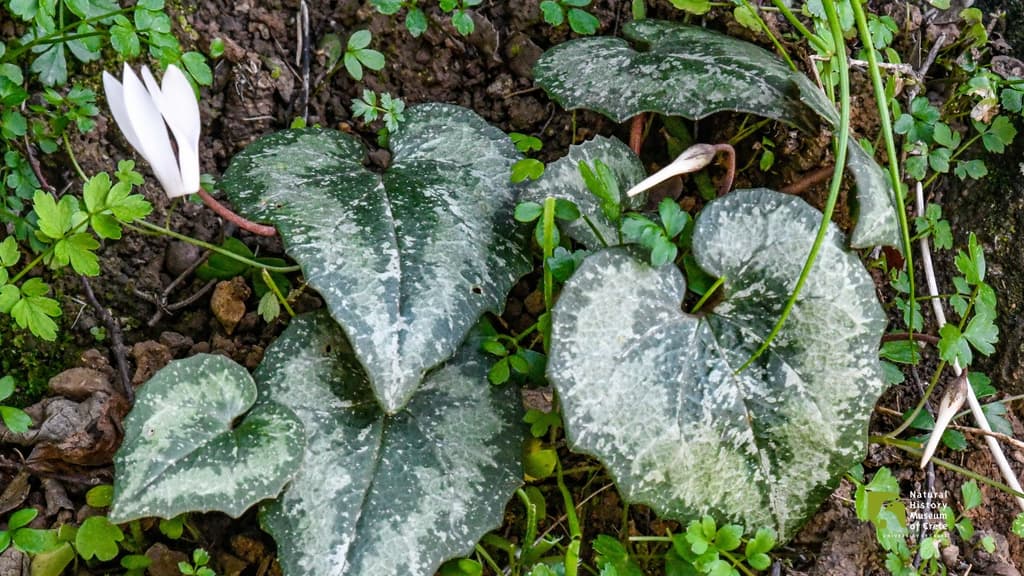
Cretan Cyclamen
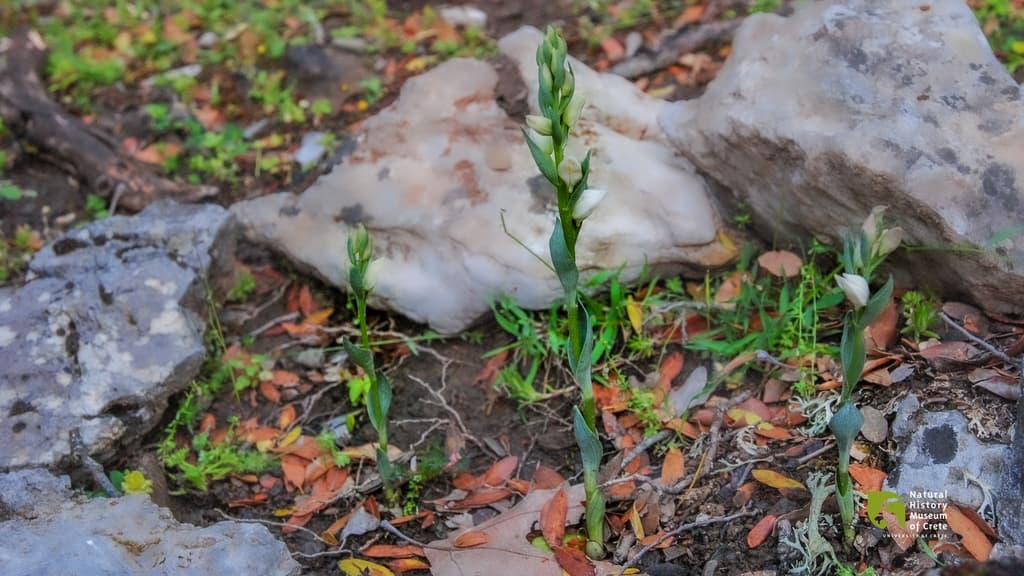
The Cretan Cephalanthera
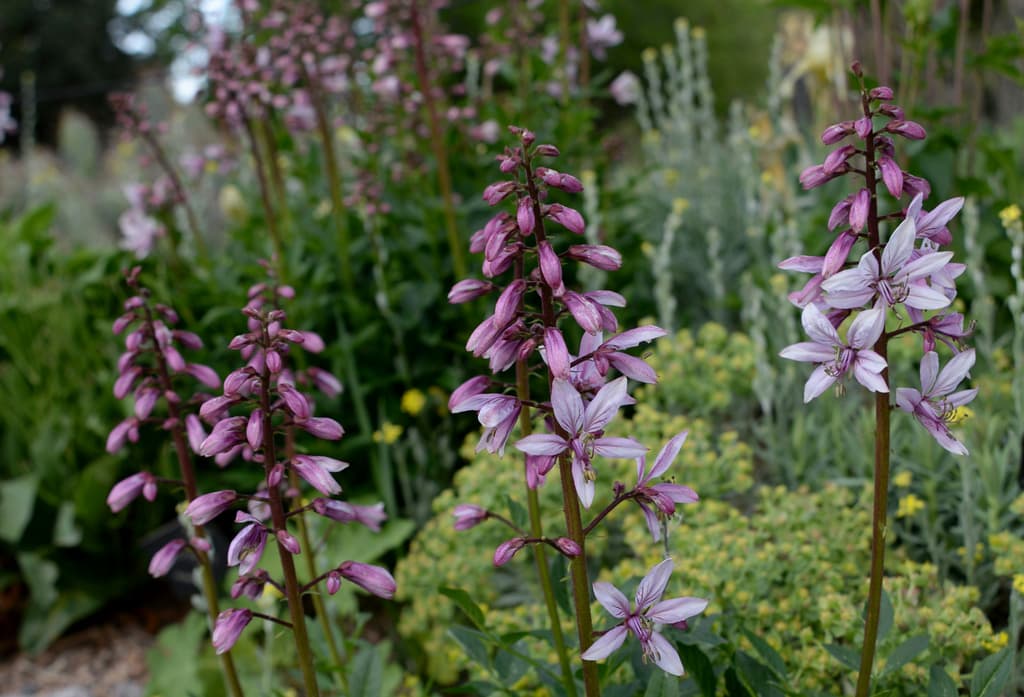
Dittany
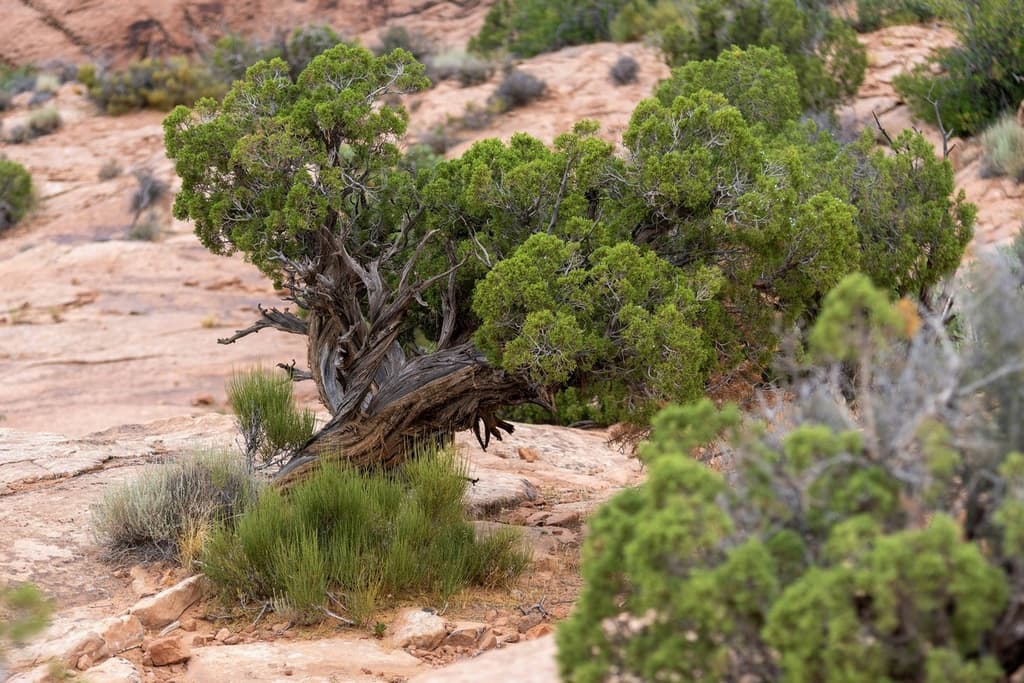
Phoenician Juniper and Large-Fruited Juniper

Gallipoli Rose
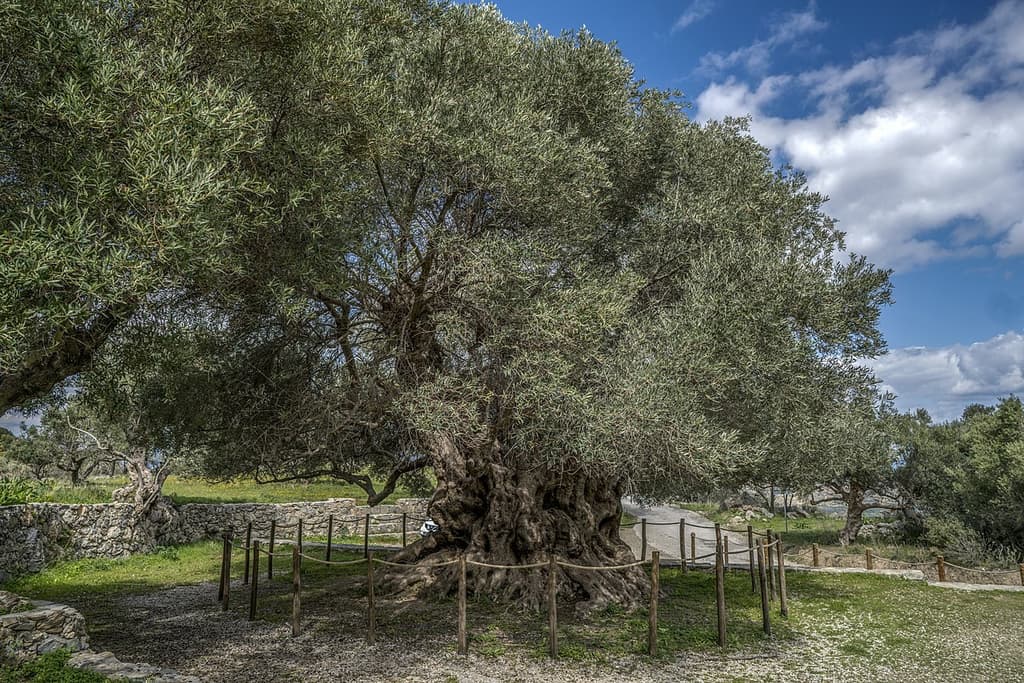
Natural Monuments
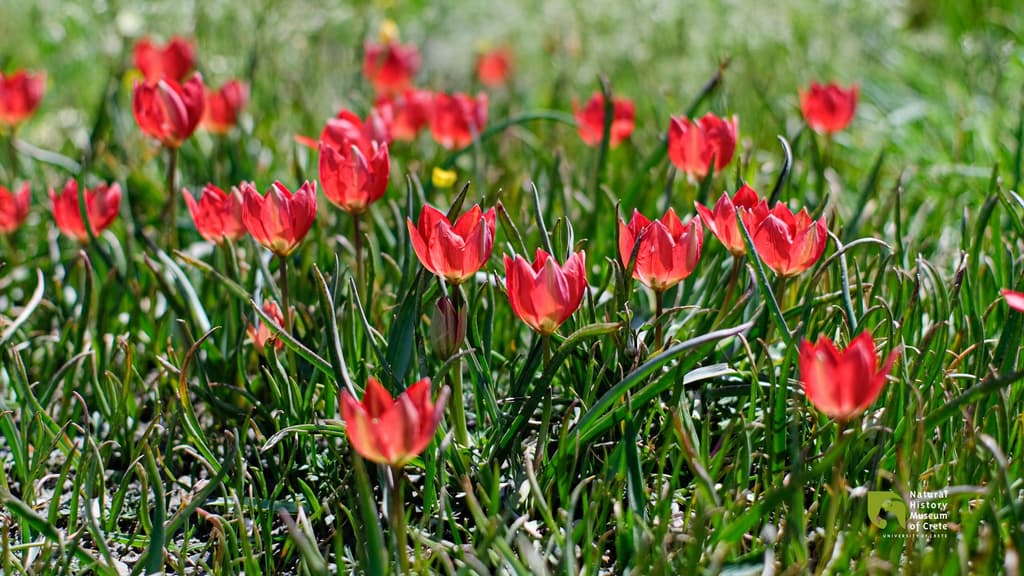
Lilac Wonder (Tulipa doerfleri)

The Ancient Olive Tree of Vouves

The Olive Tree of Azorias
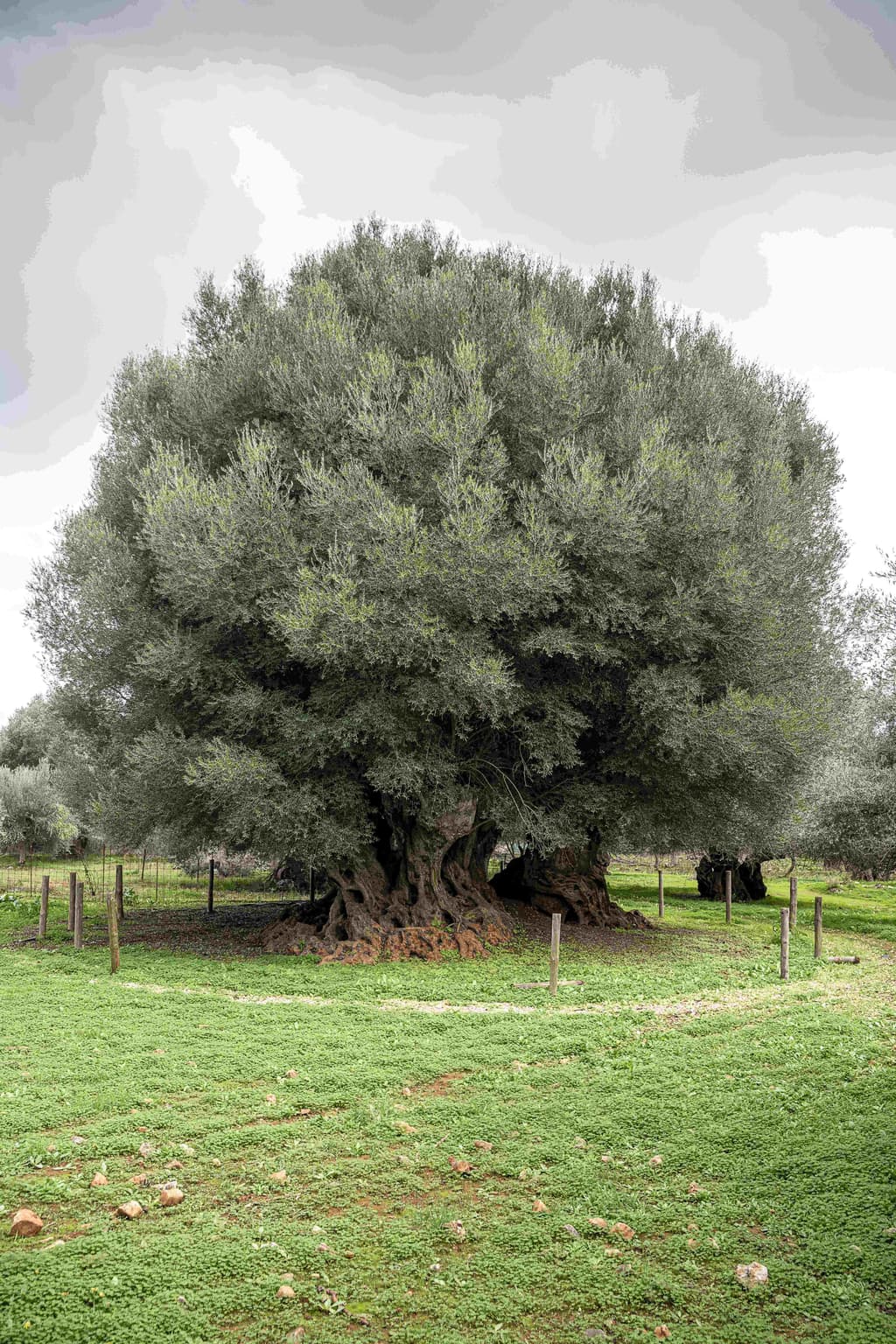
Olive tree of Samonas
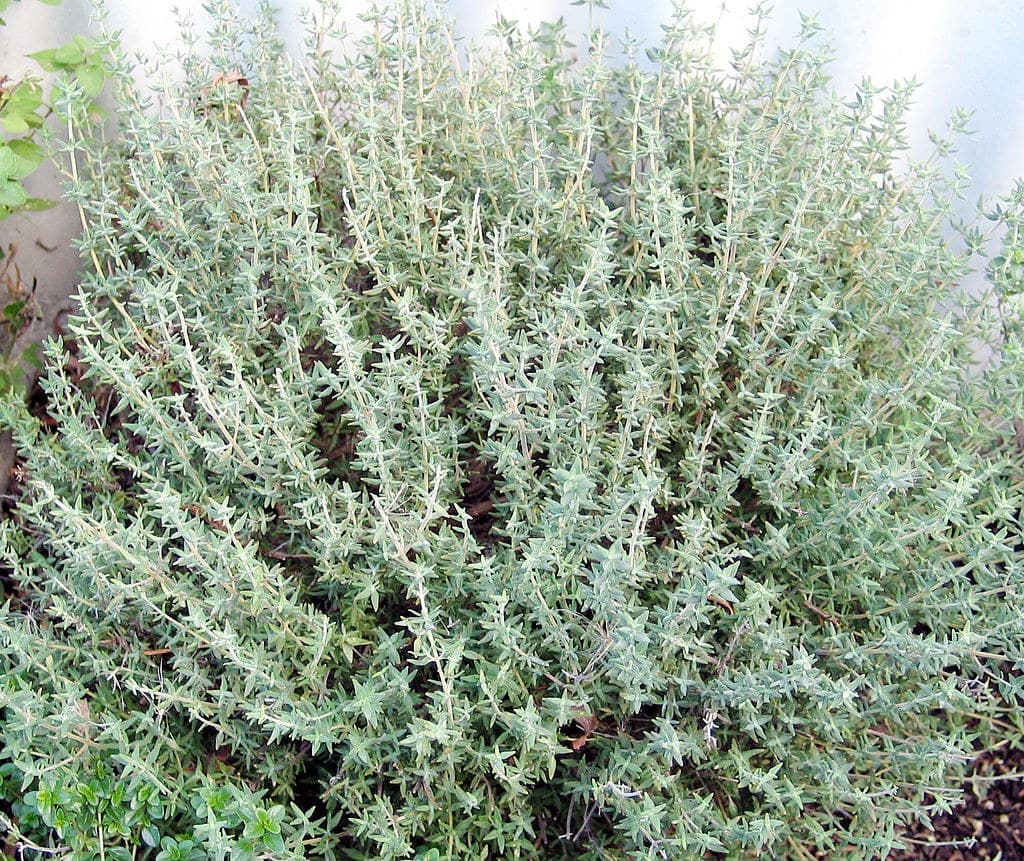
Thyme
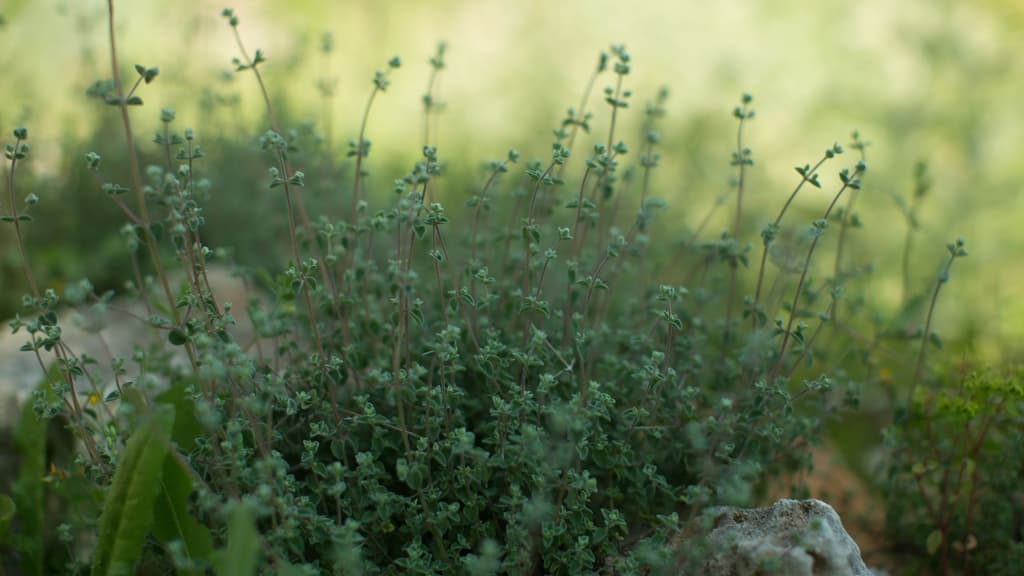
Oregano

Camomile
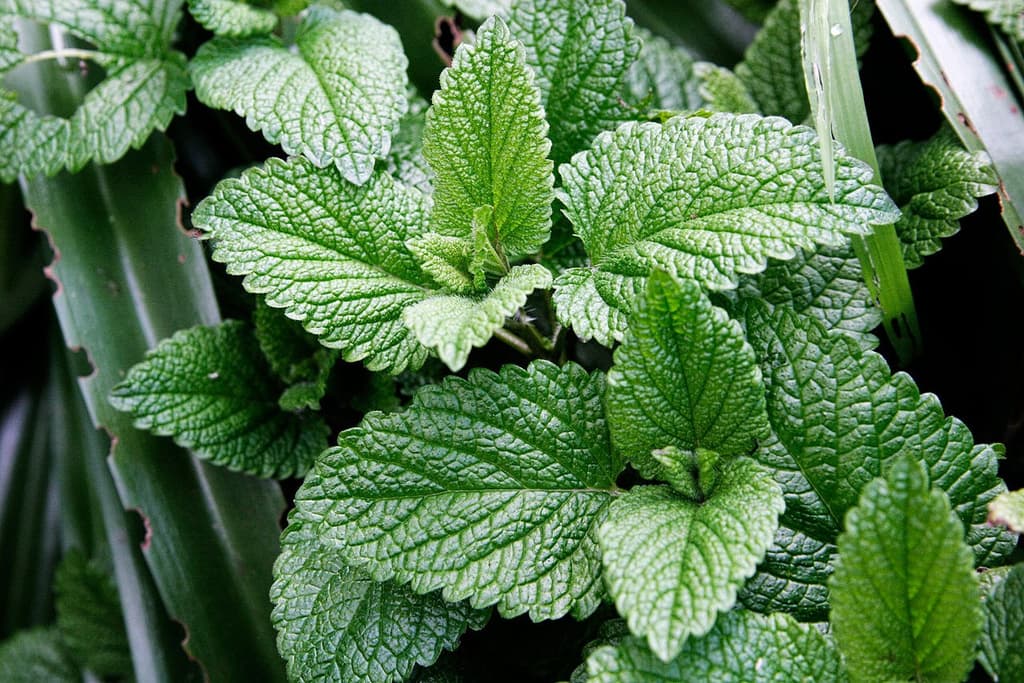
Mint
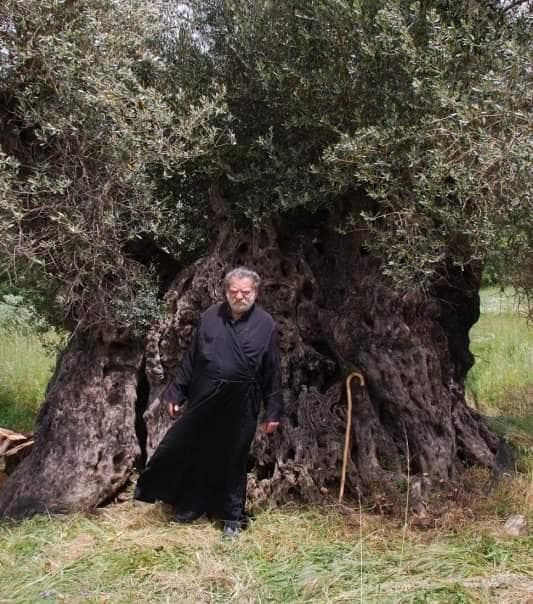
The Ancient Olive Tree of Vrysses, Amari

Bali's Ancient Olive Tree: Documented in Preservation Efforts
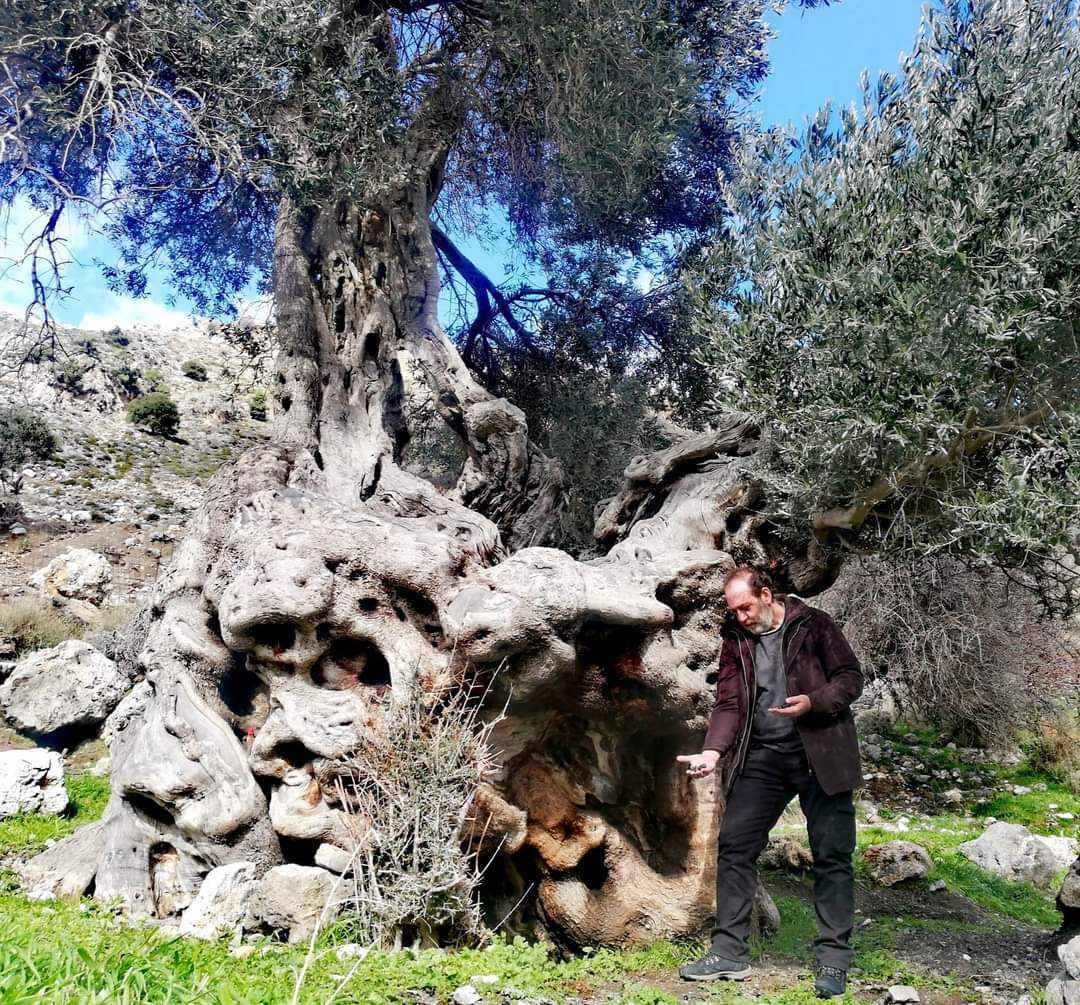
Gra Elia (The Old Olive Tree)
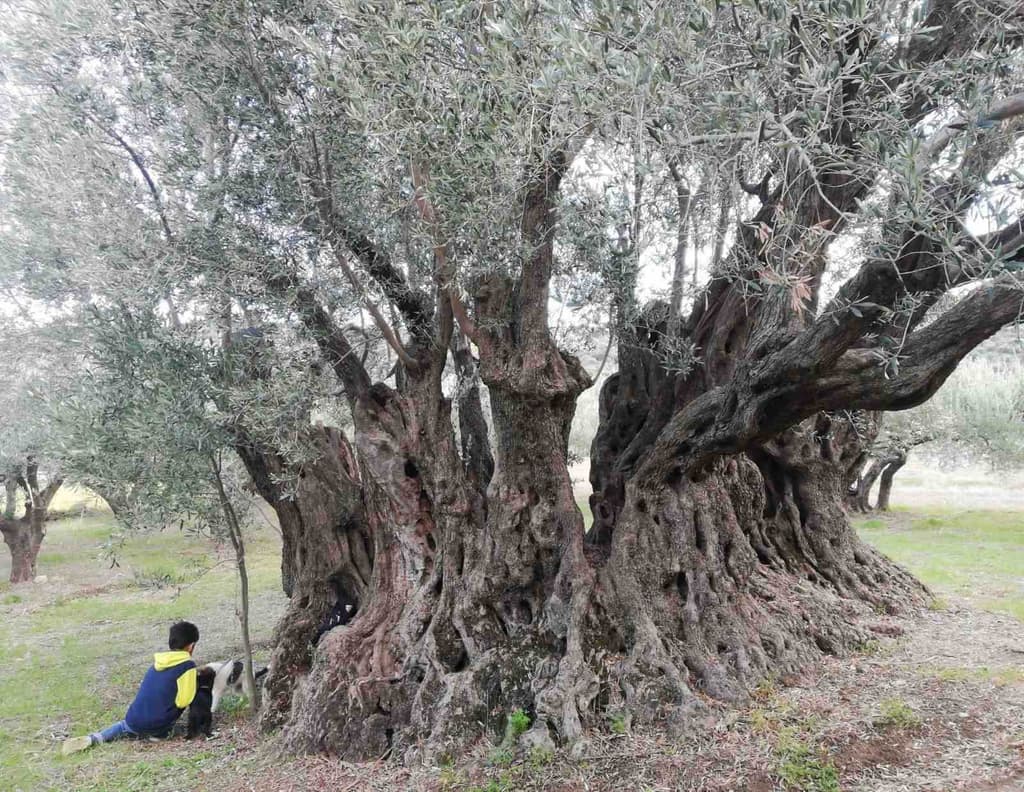
The Ancient Olive Tree of Kato Asites: Host to the 1st Olive Festival
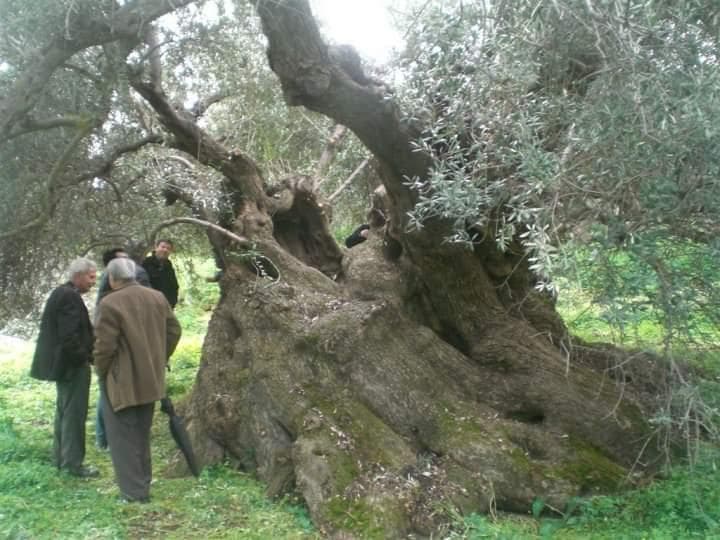
Sitia's Ancient Olive Tree: A Record of Preservation Initiatives

Asperula Crassula
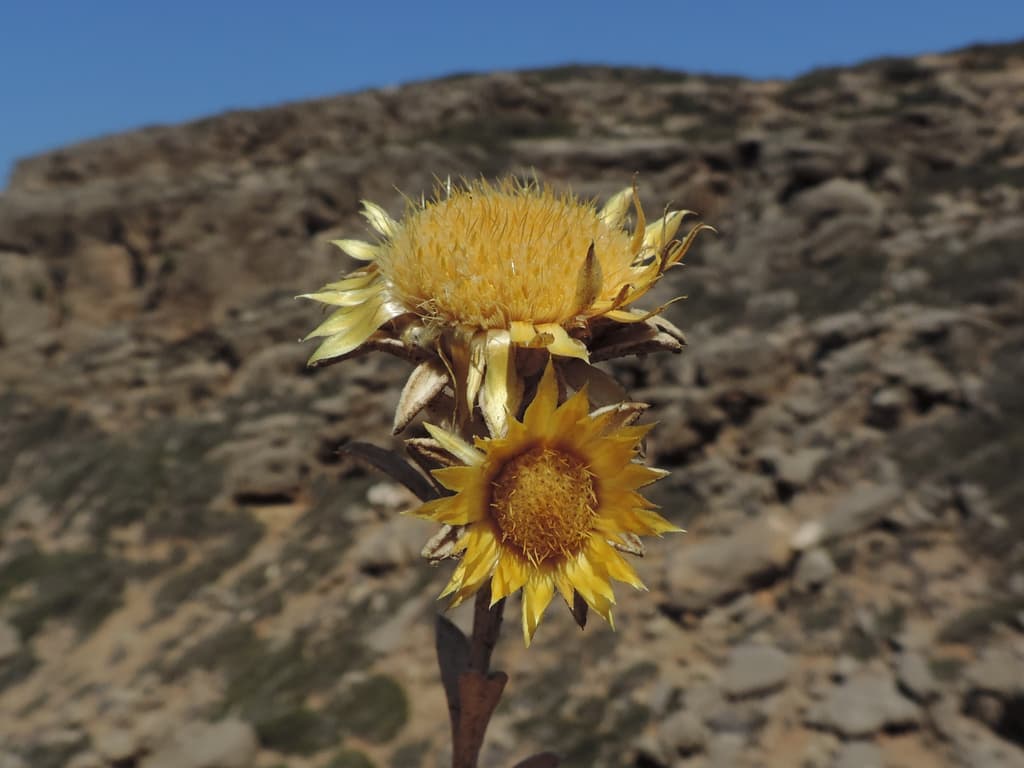
Carlina diae, Carlina of Dia

Anthemis Filicaulis, Slender-stemmed Chamomile

Dianthus Fruticosus Subsp. Sitiacus

Silene Holzmannii
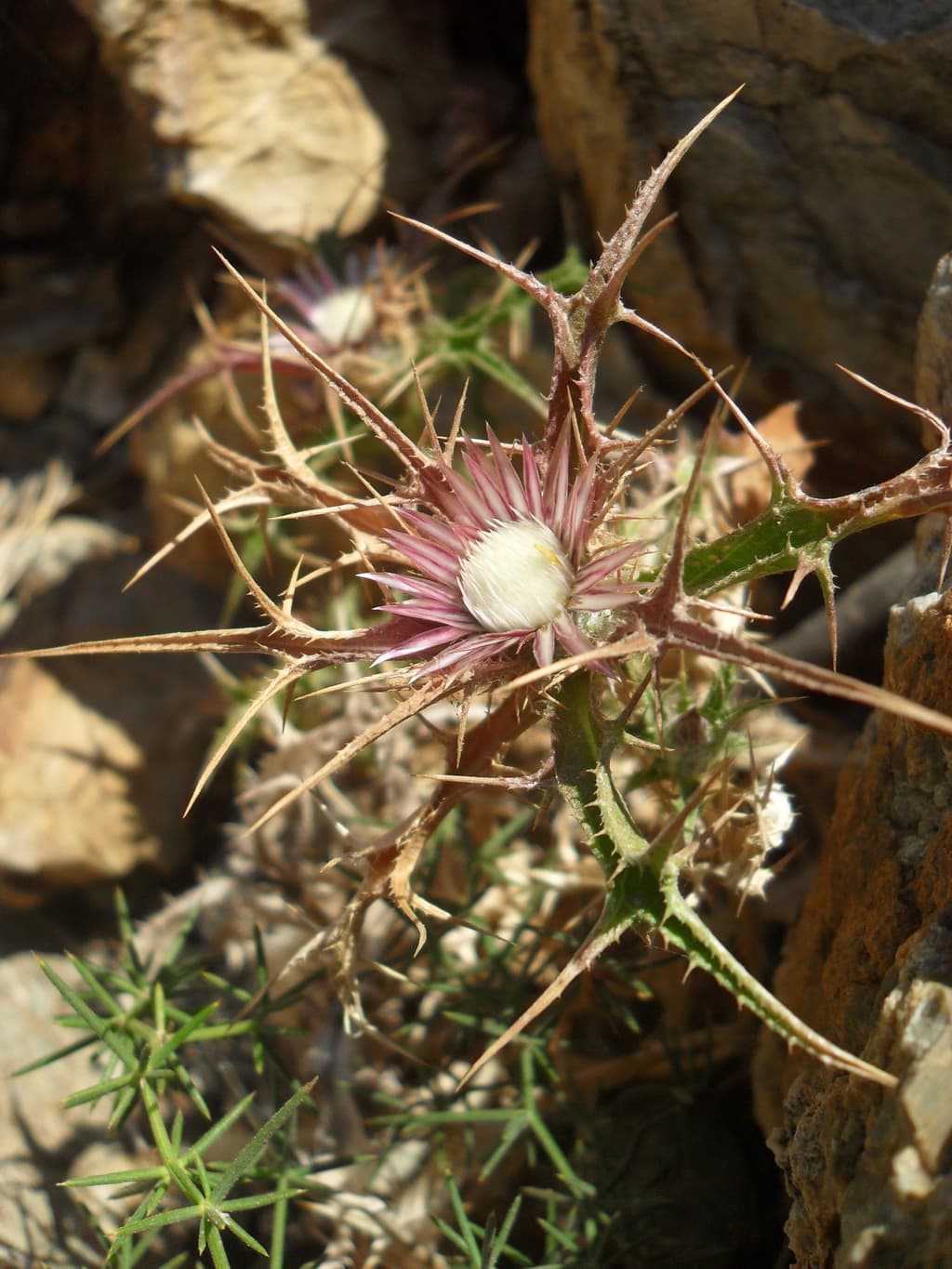
Carlina Sitiensis
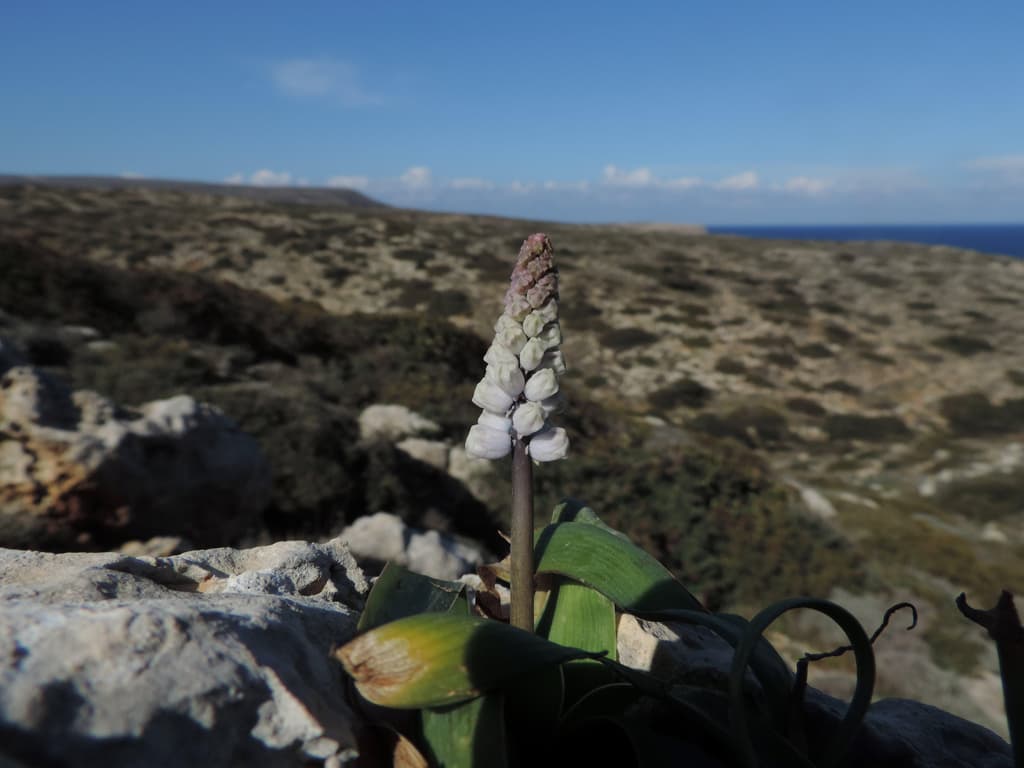
Bellevalia Sitiaca

Limonium Sitiacum
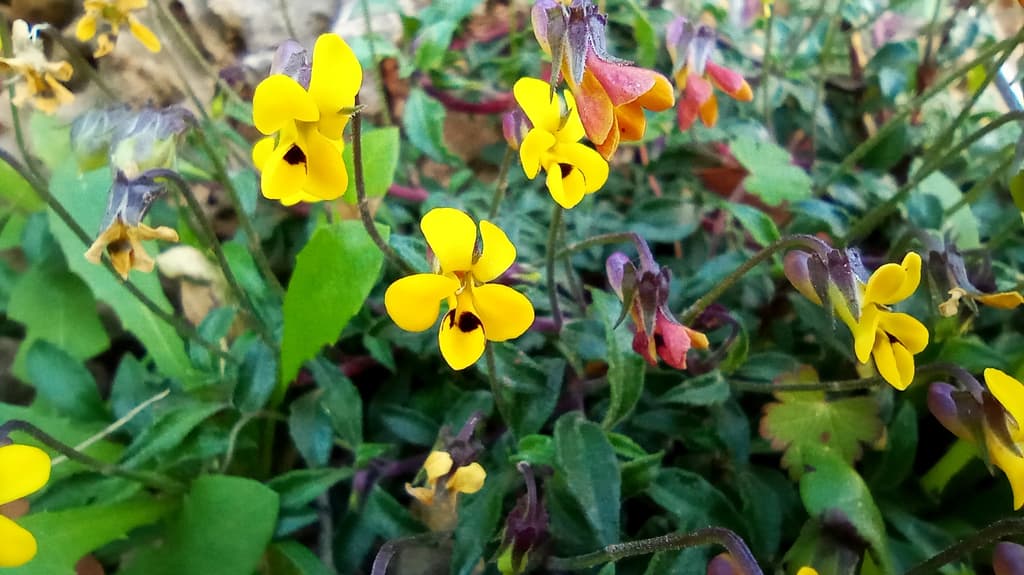
Viola Scorpiuroides
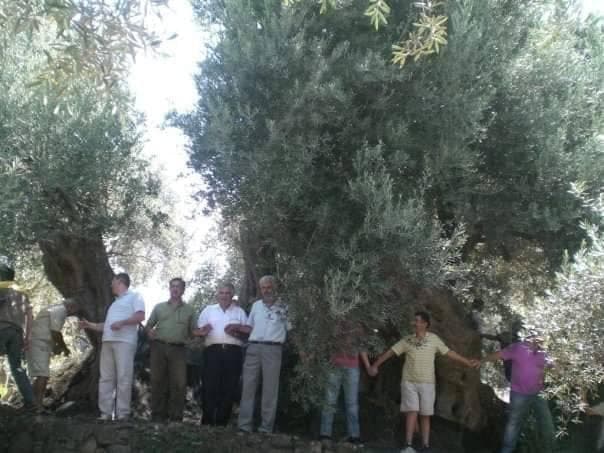
The Ancient Olive Tree of Kakodiki
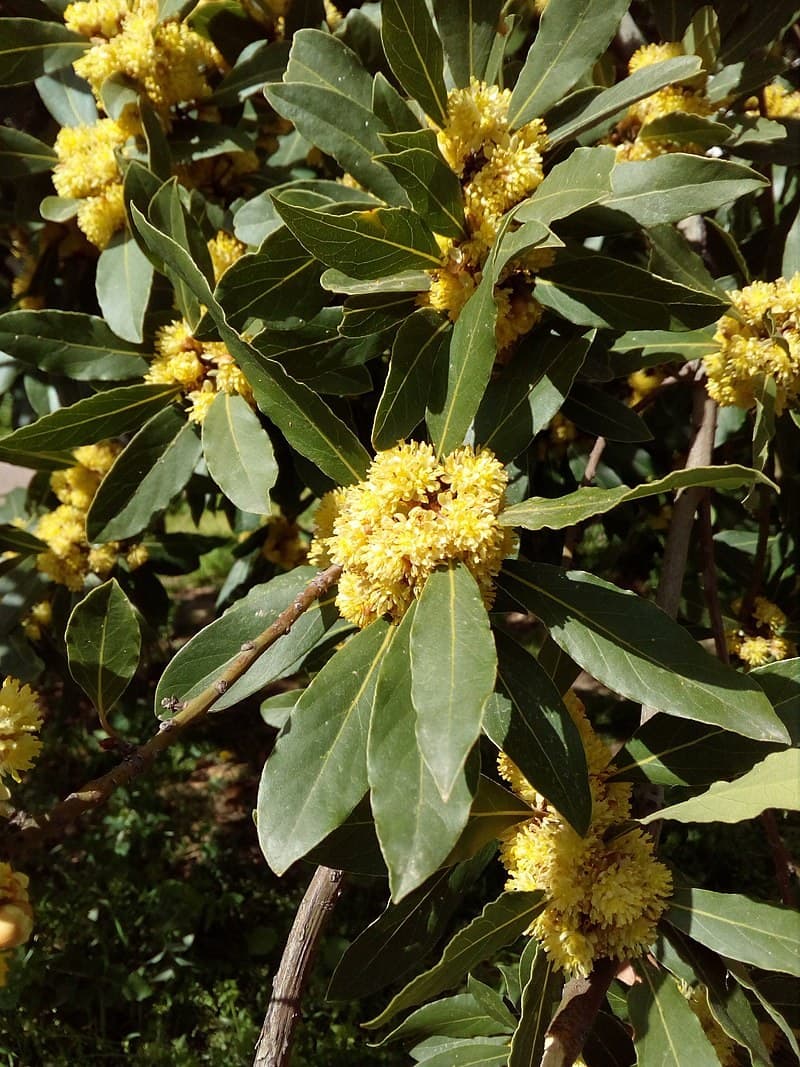
Laurel
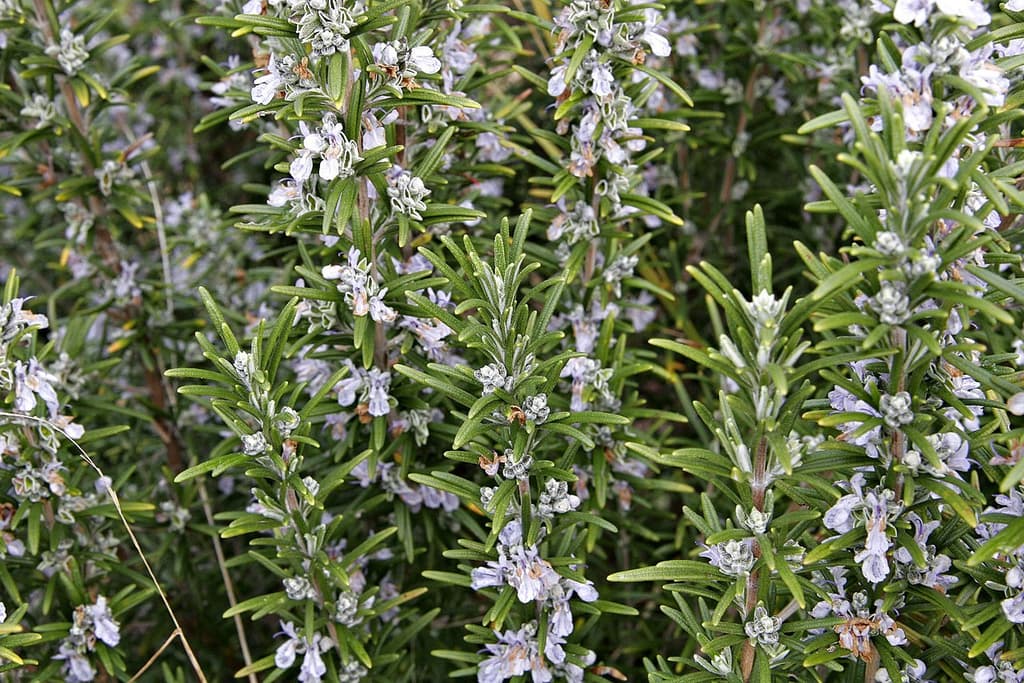
Rosemary
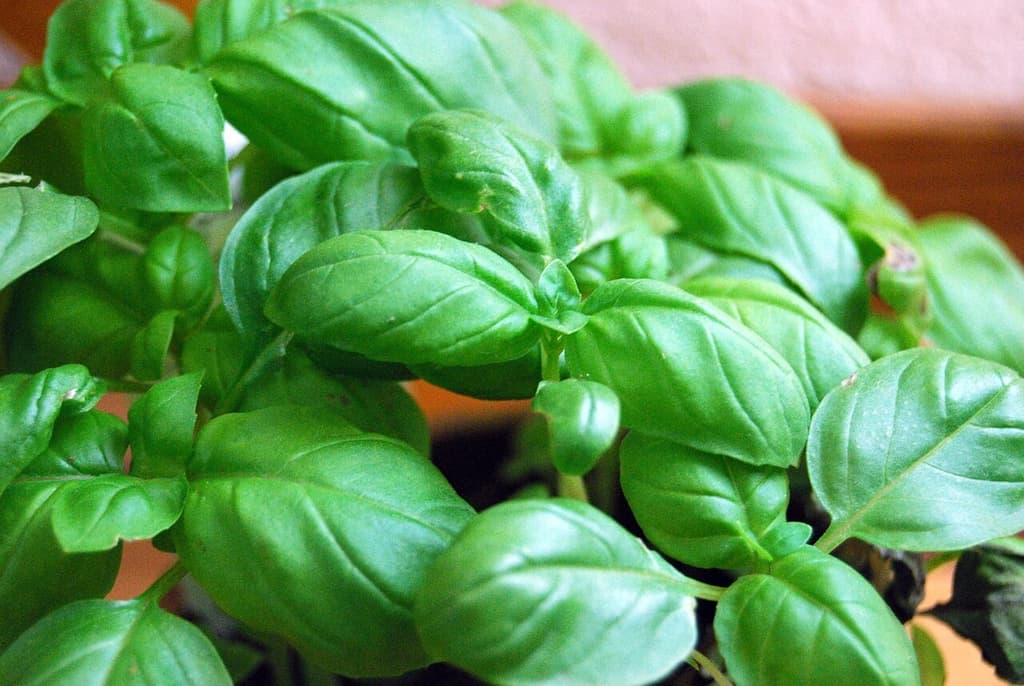
Common Basil

Honeysuckle
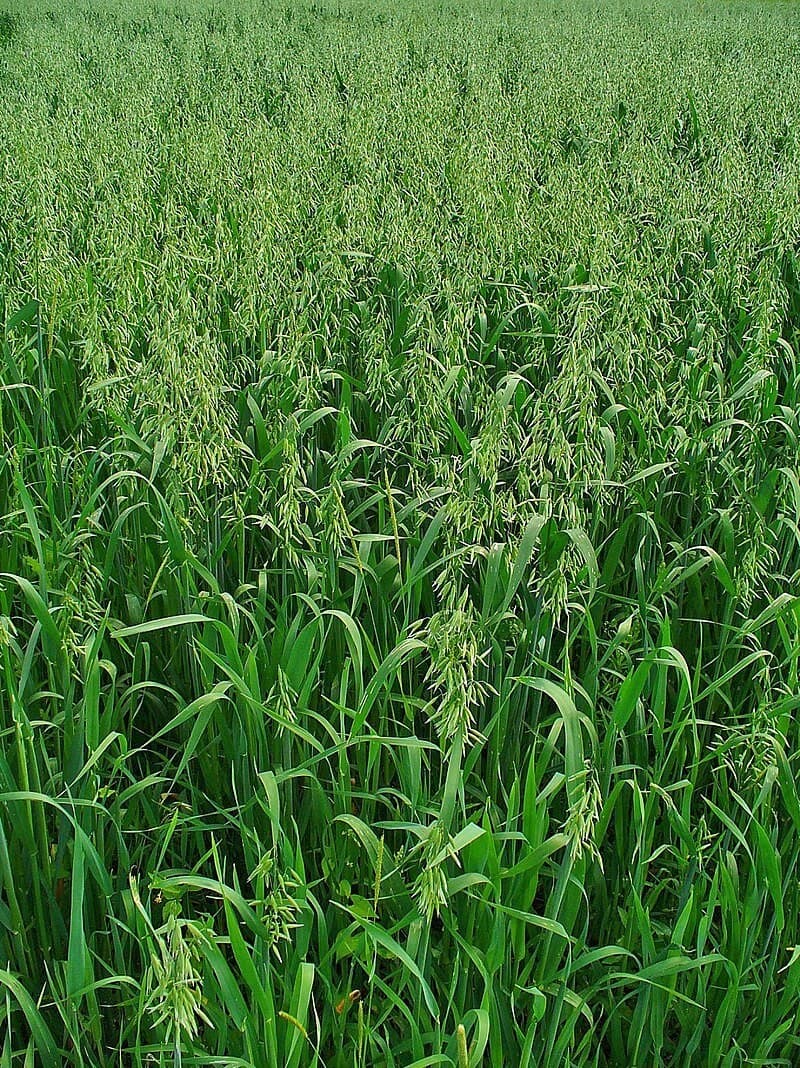
Oat
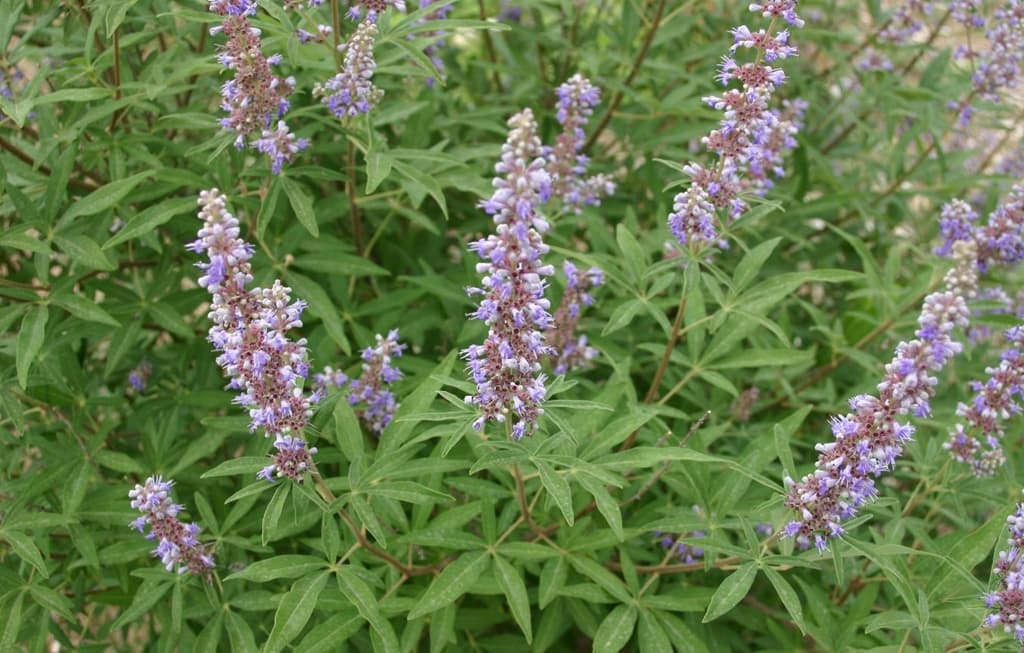
Chaste tree
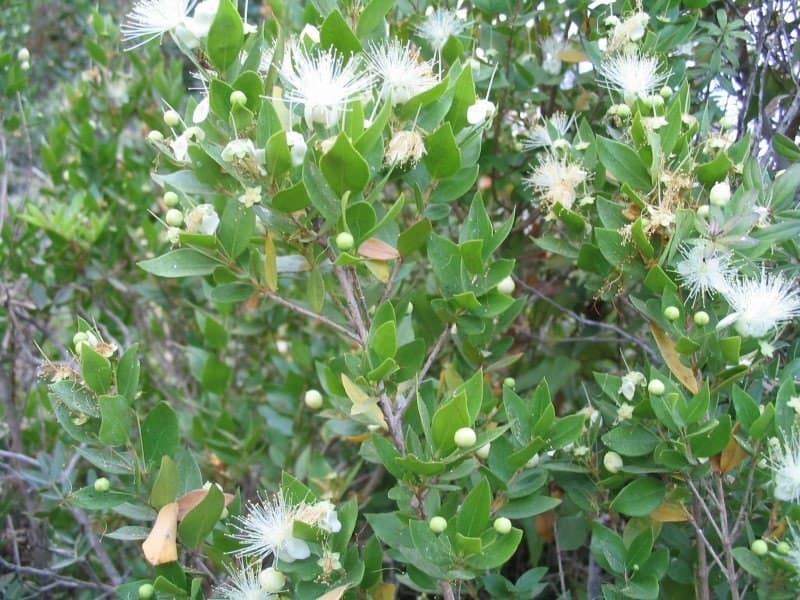
Myrtle
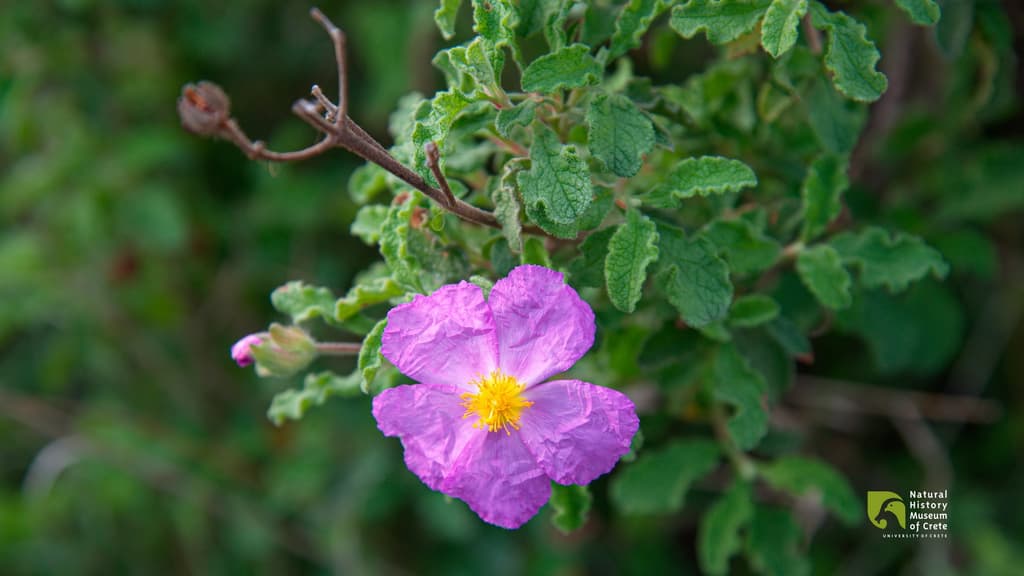
Cretan Rockrose

Ophrys Sitiaca
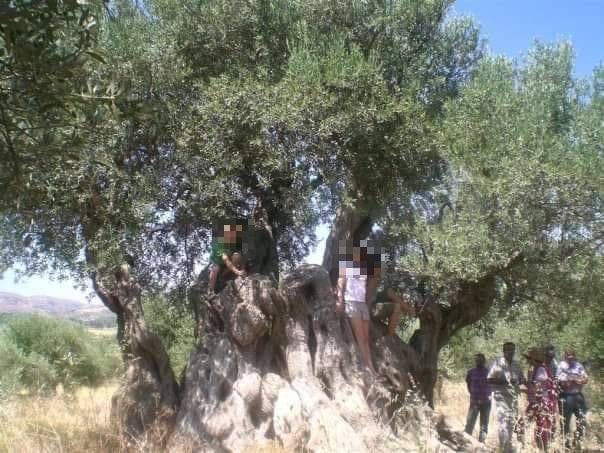
The Ancient Olive Tree of Viannos: Unveiling a Treasured Discovery
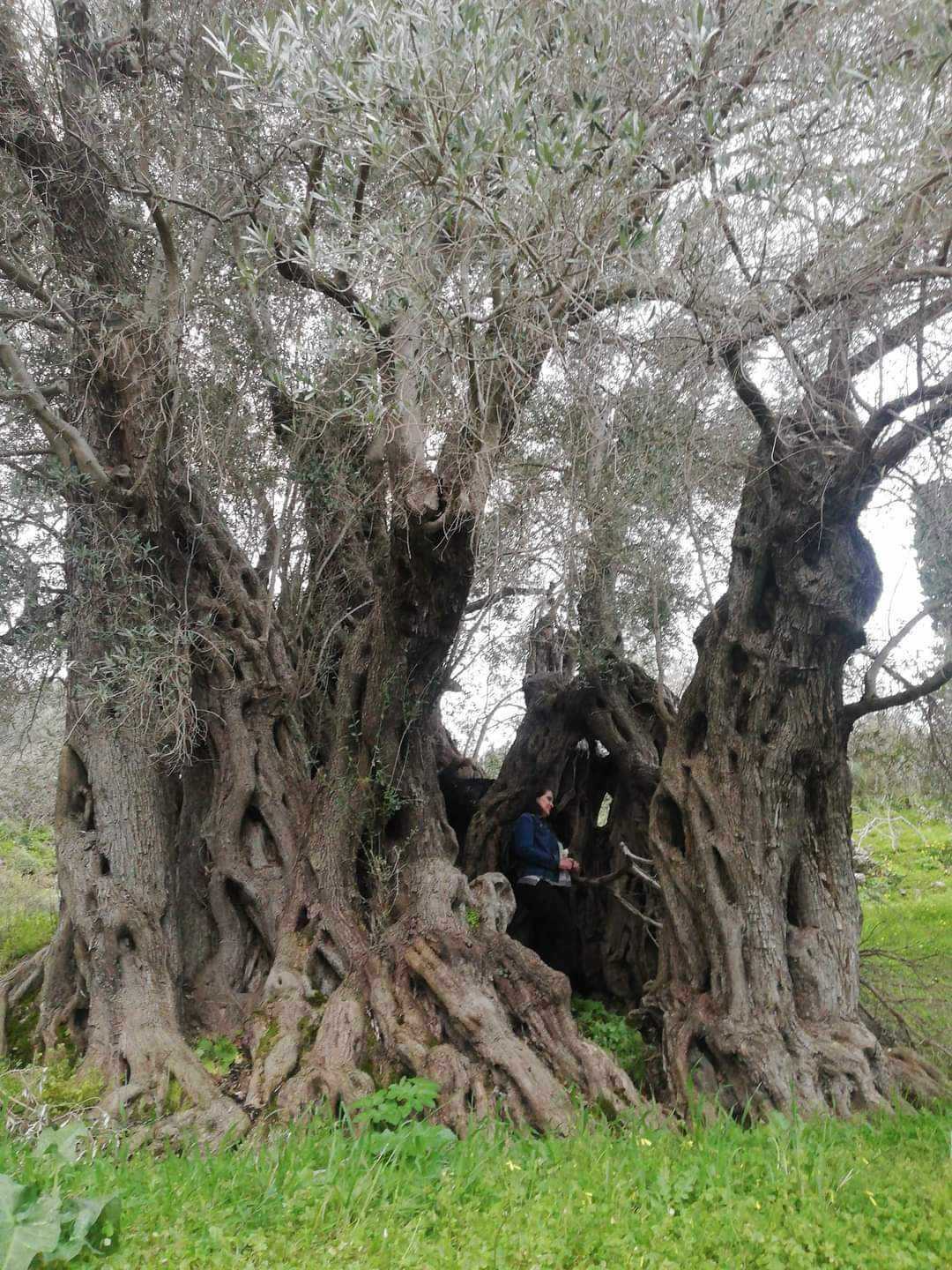
The Ancient Olive Tree of Fourfouras
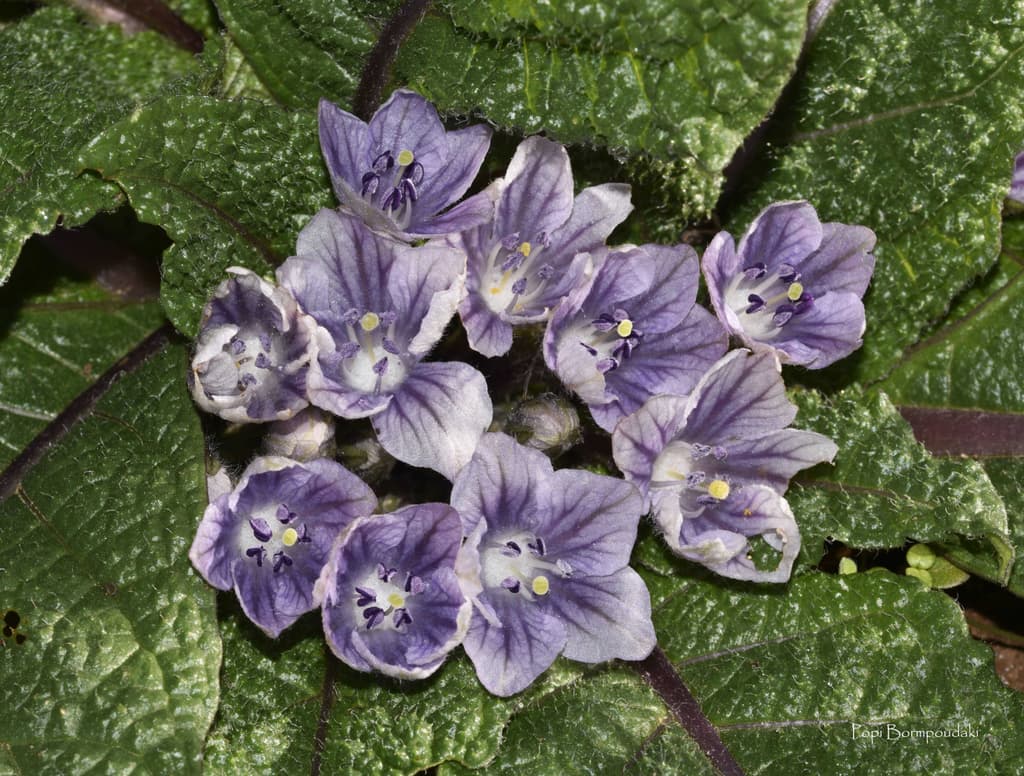
Mandrake
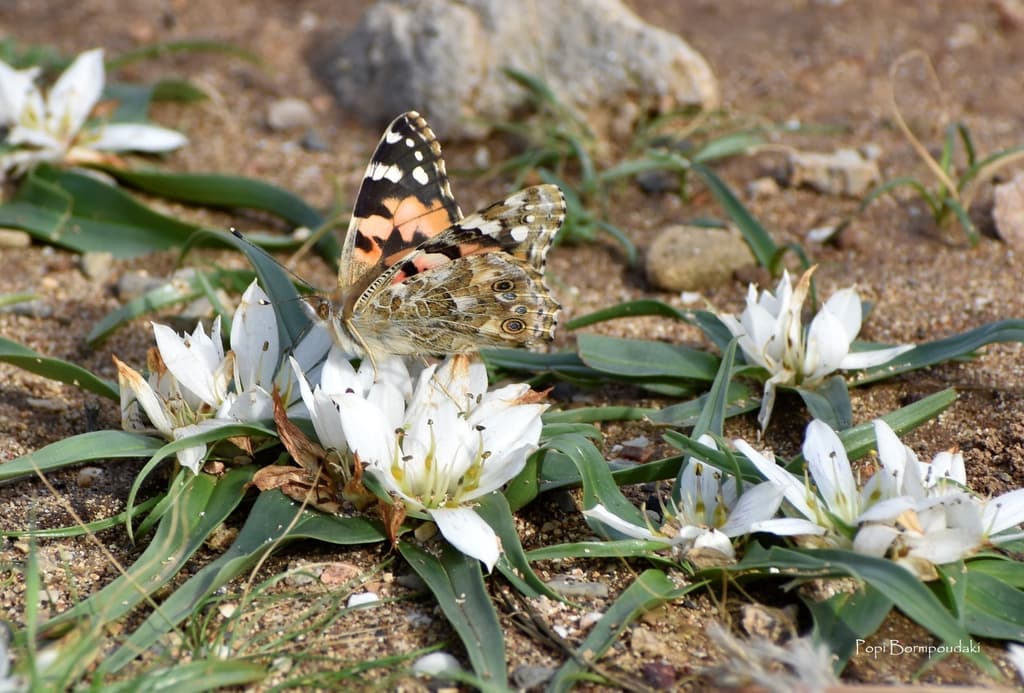
Androcymbium Rechingeri
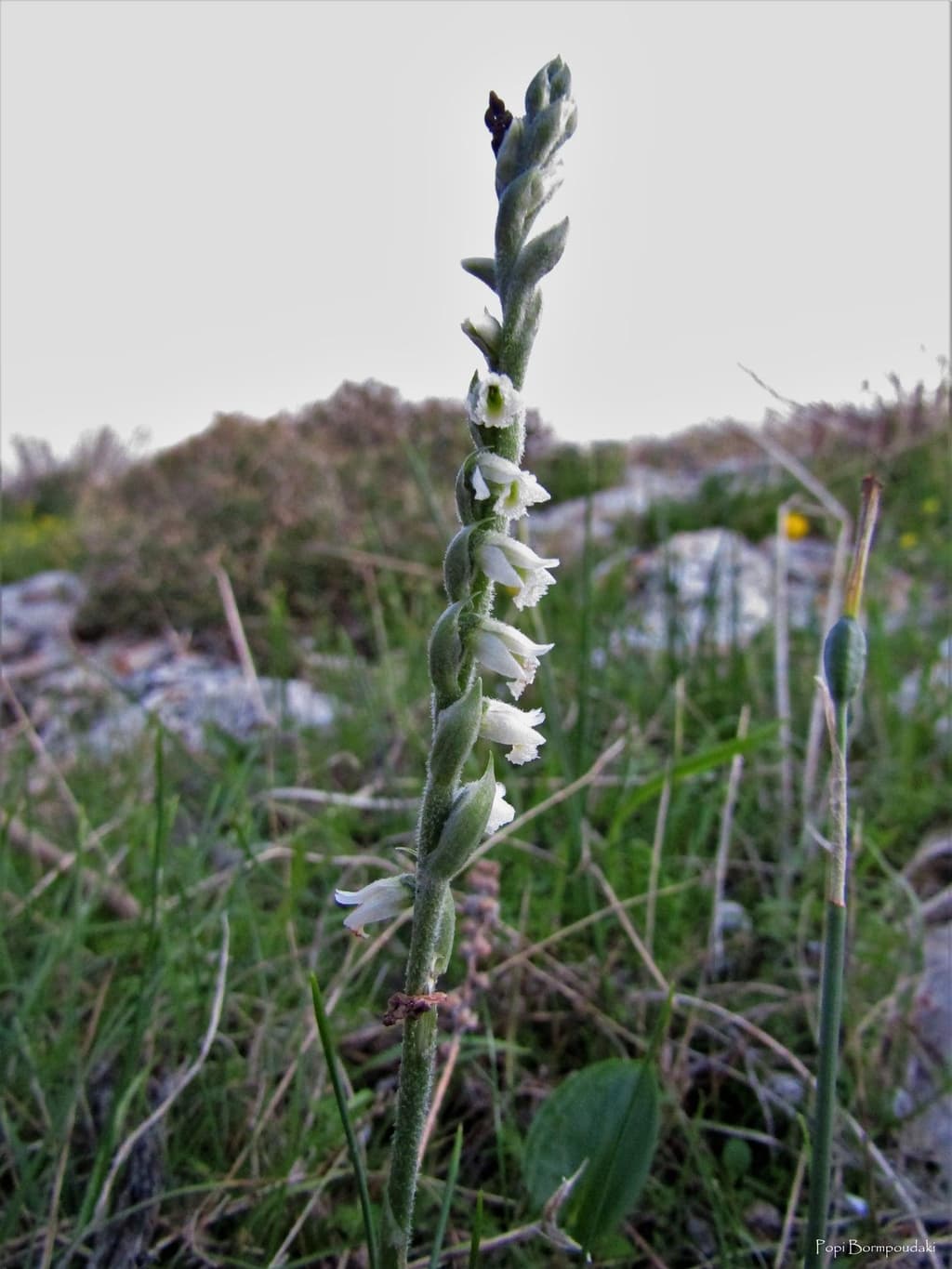
Autumn Lady's-tresses
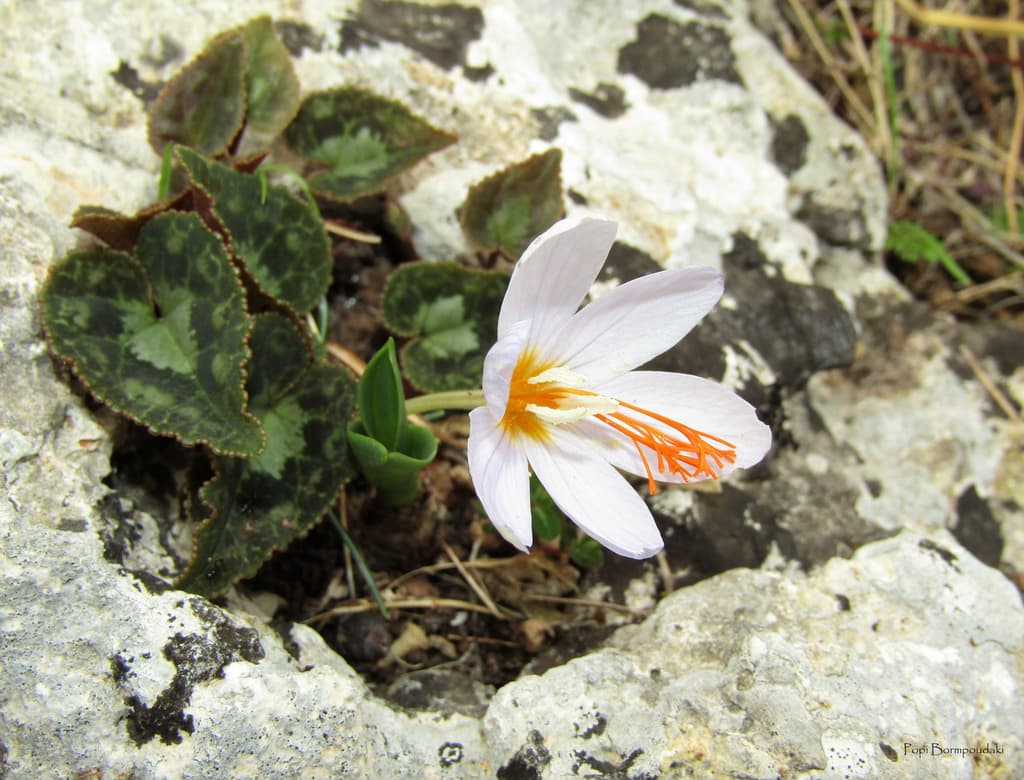
Tournefort Crocus
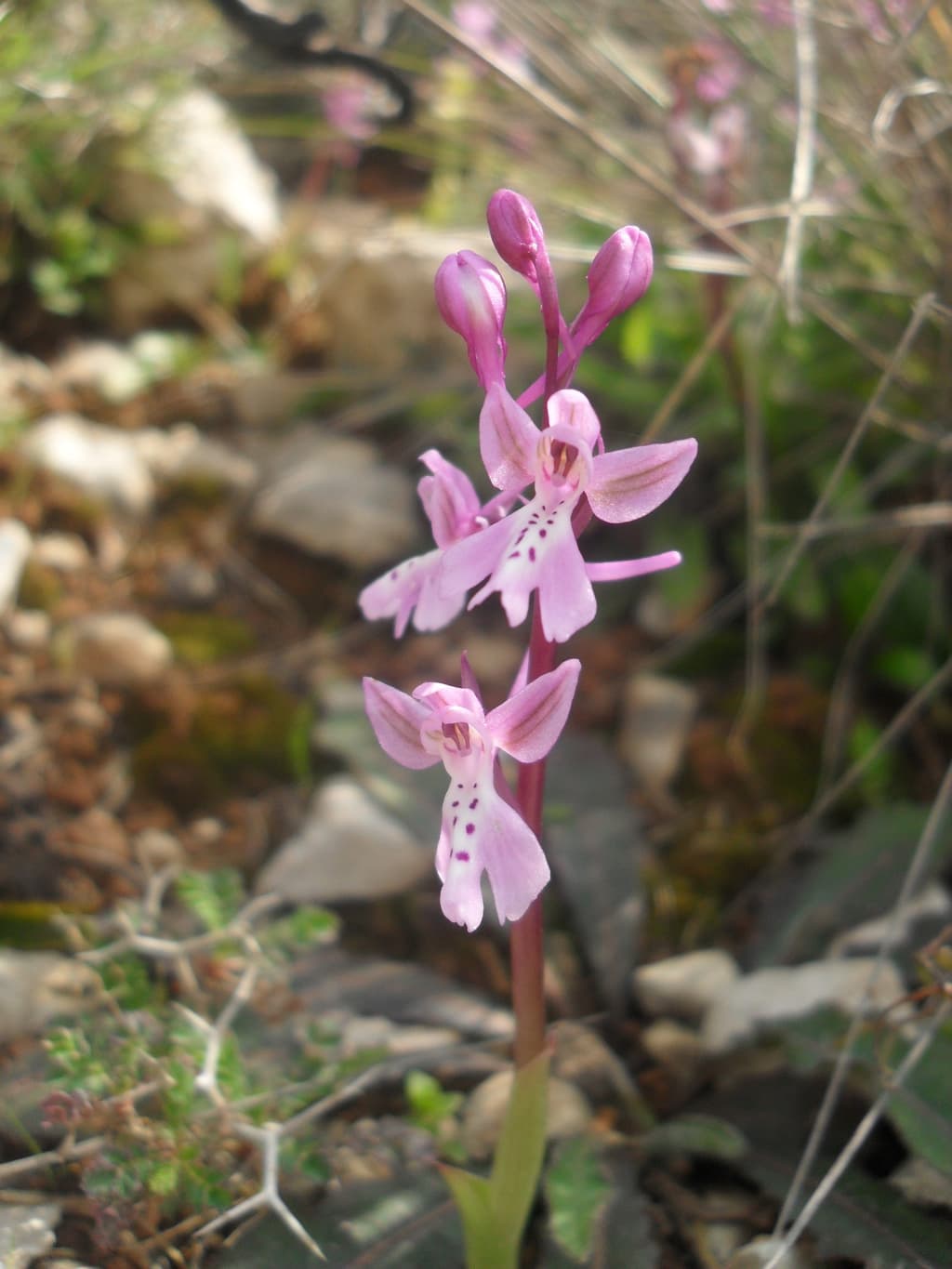
Orchis Sitiaca

Ancient Olive Tree in Kouroutes
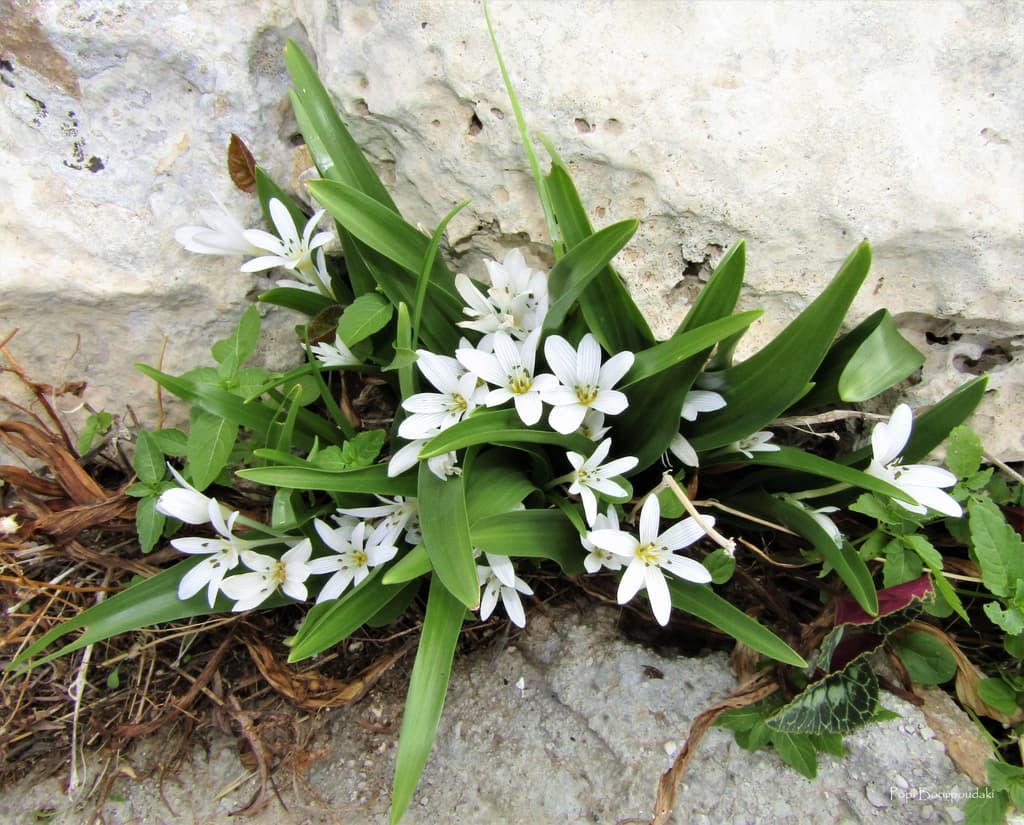
Mediterranean Meadow Saffron


